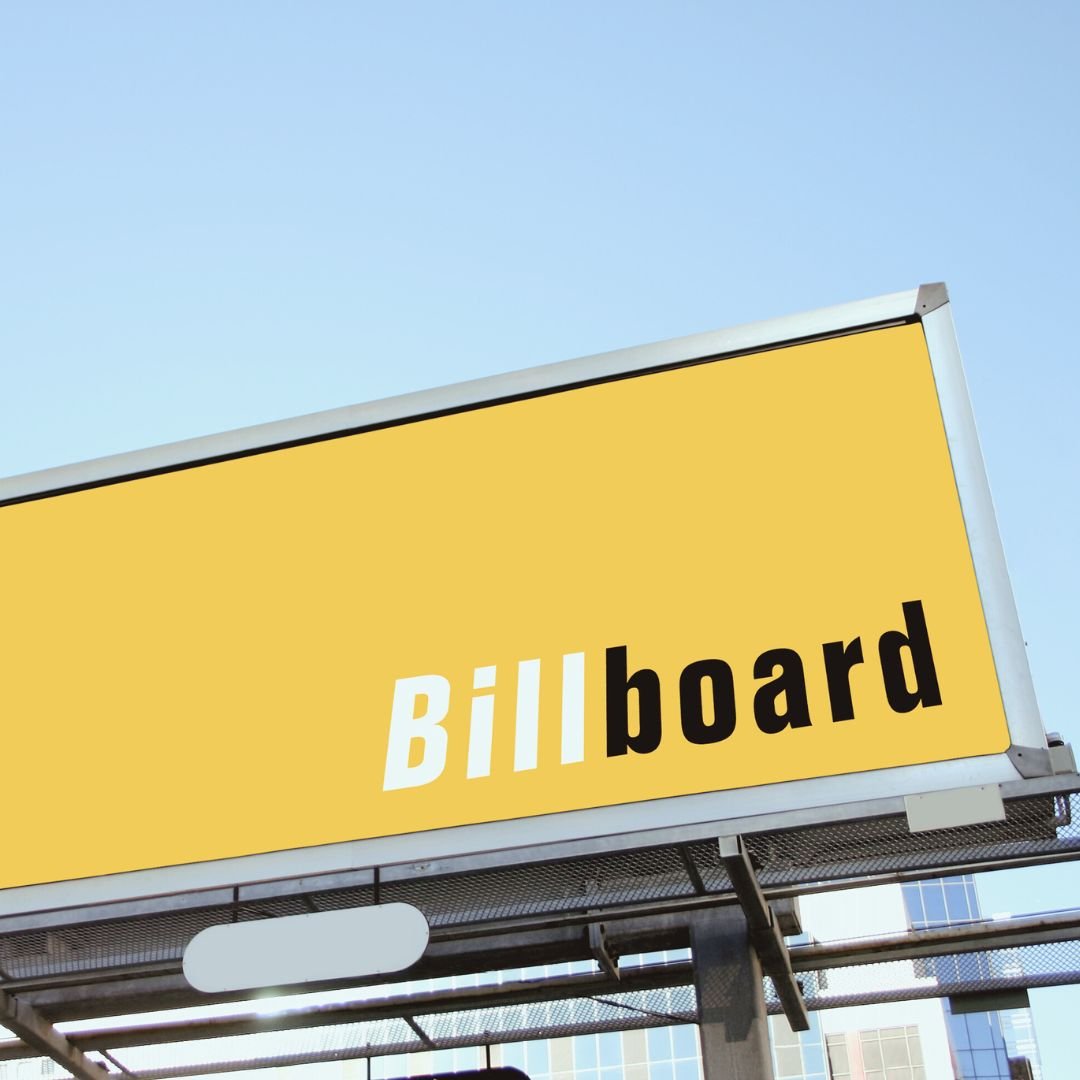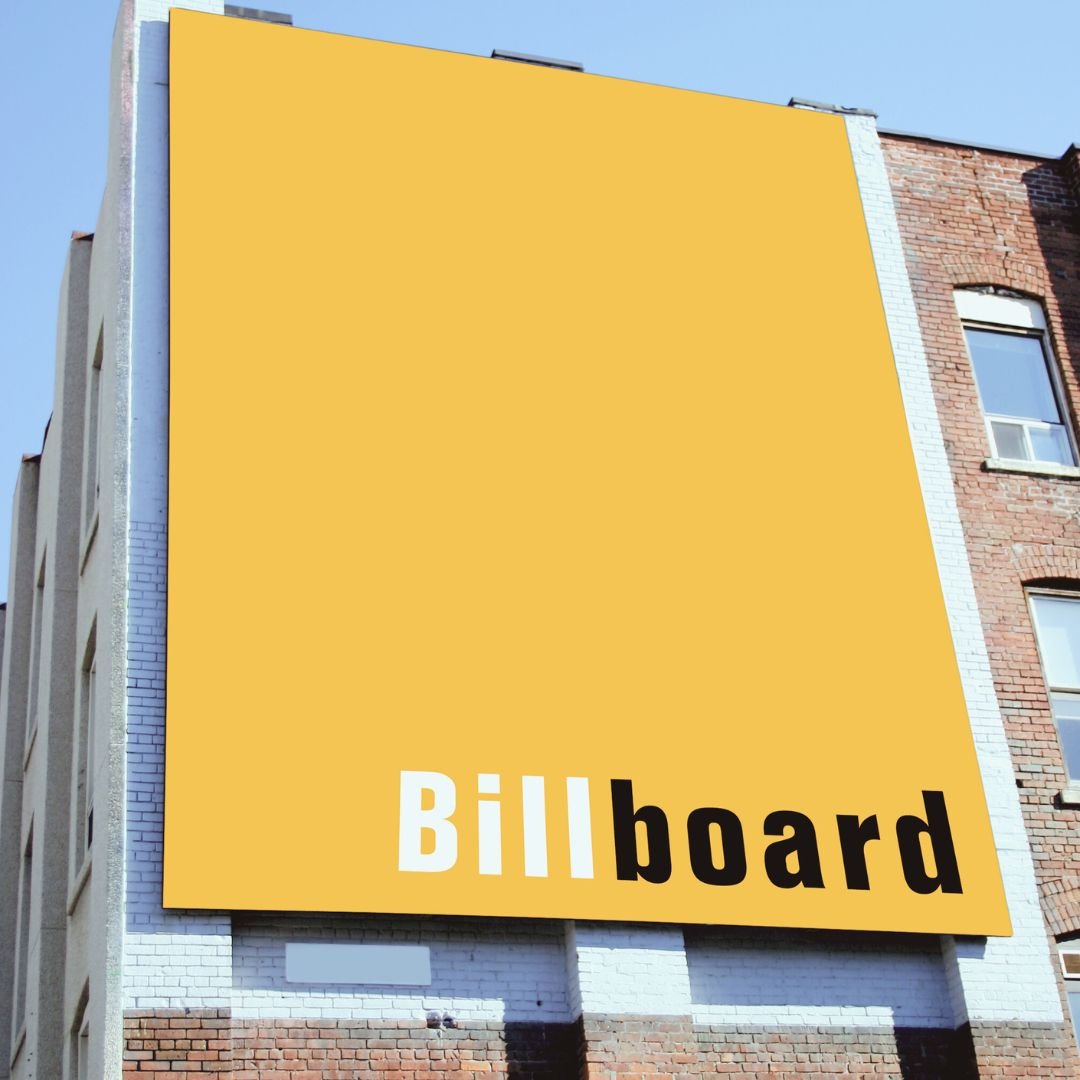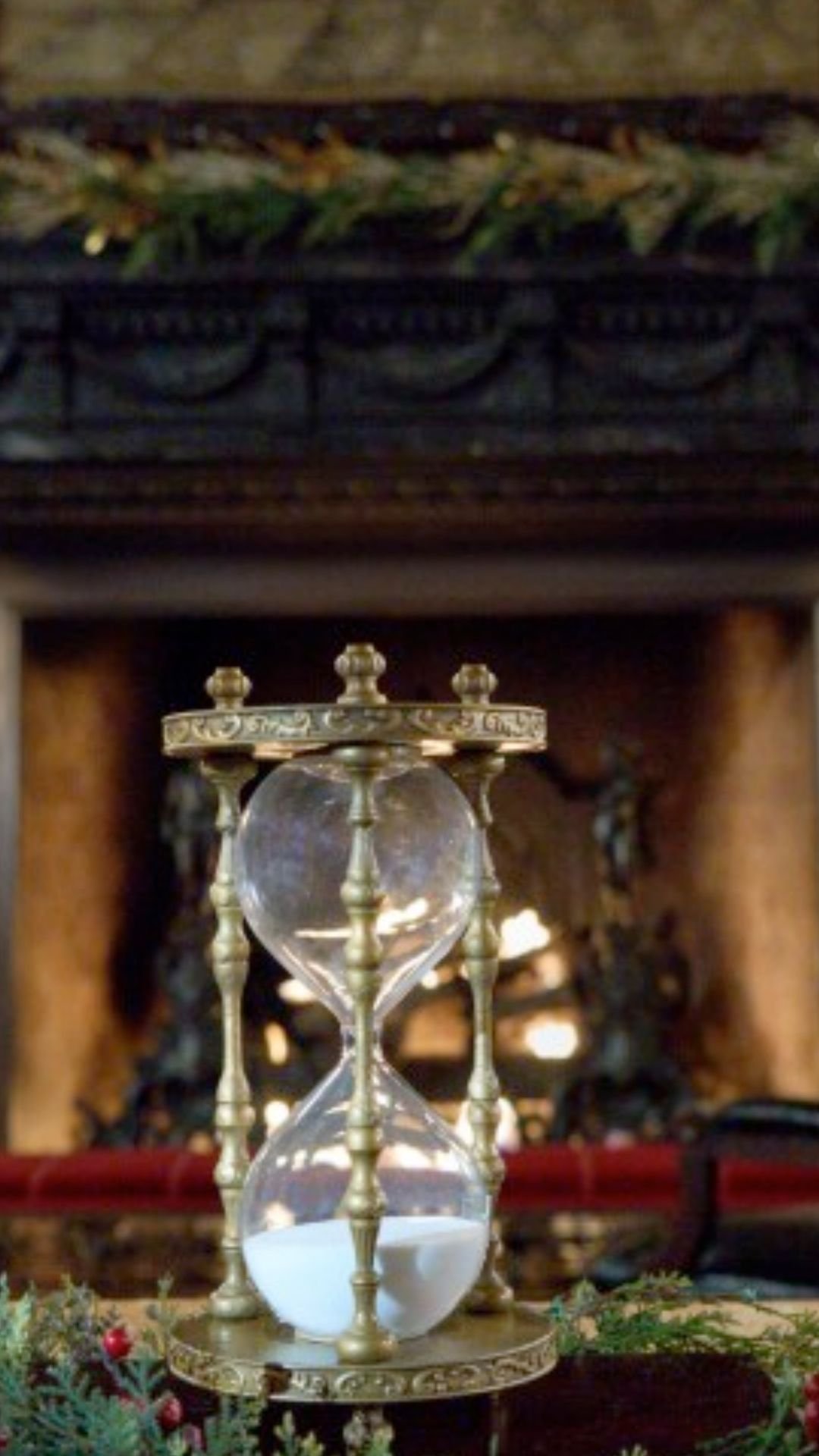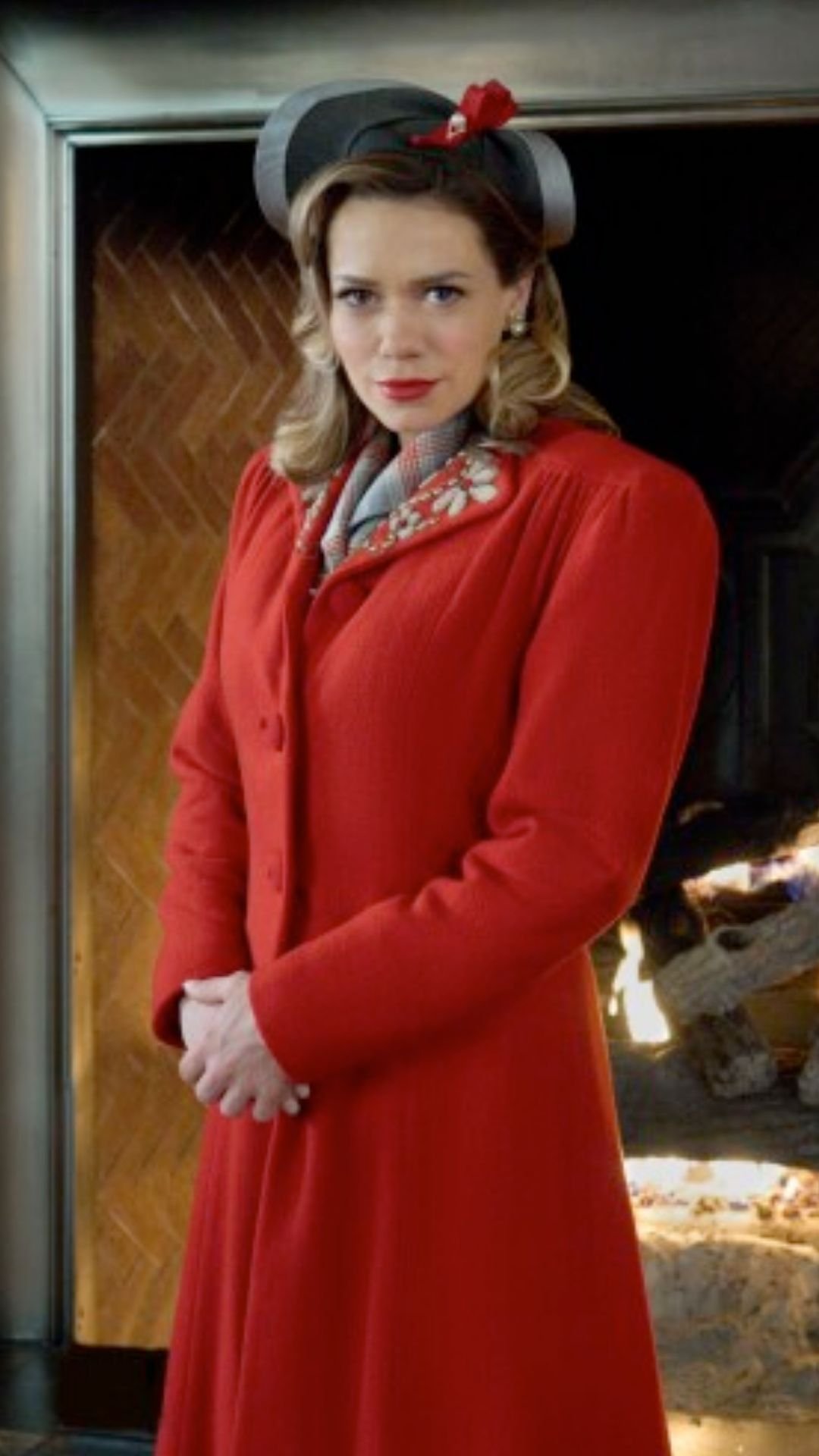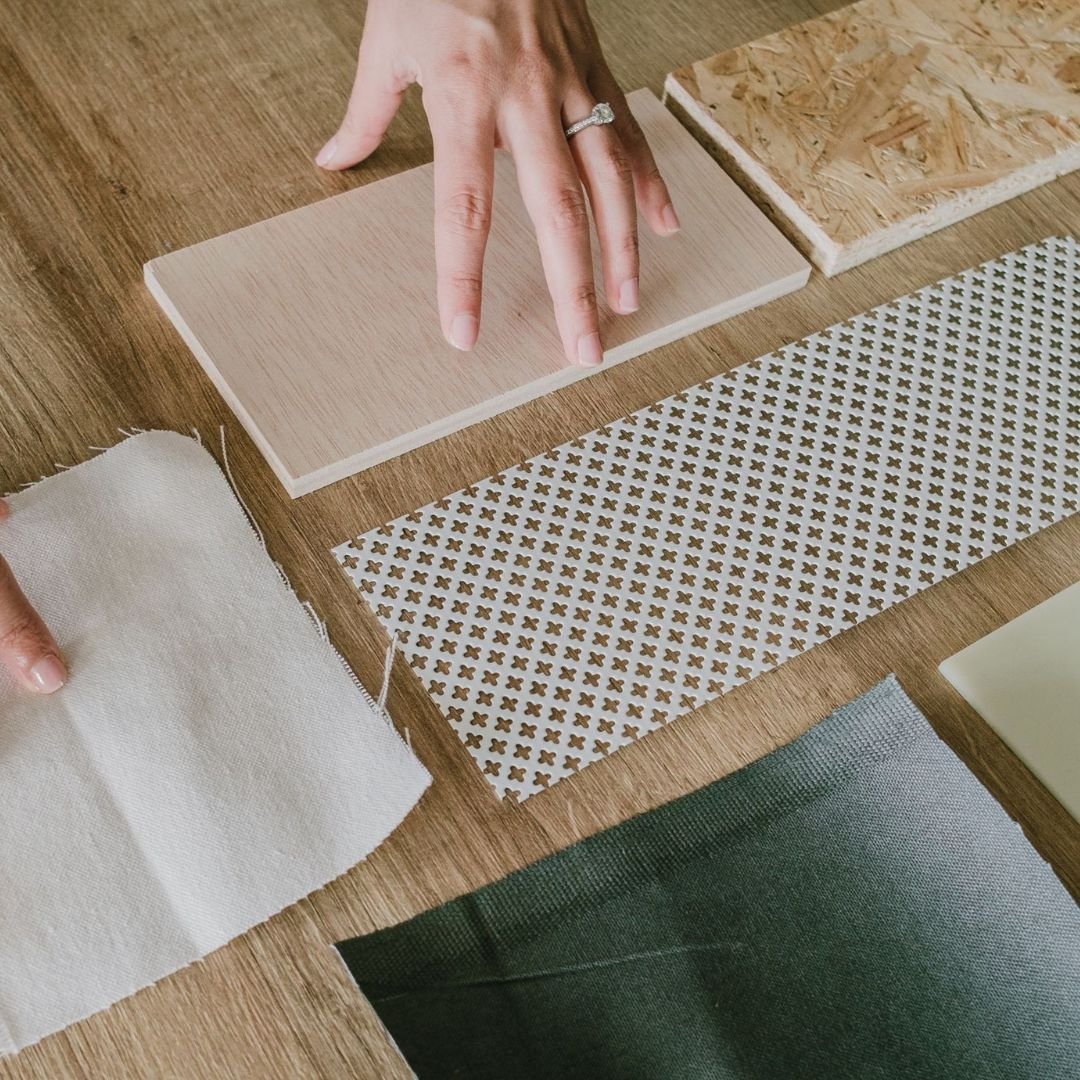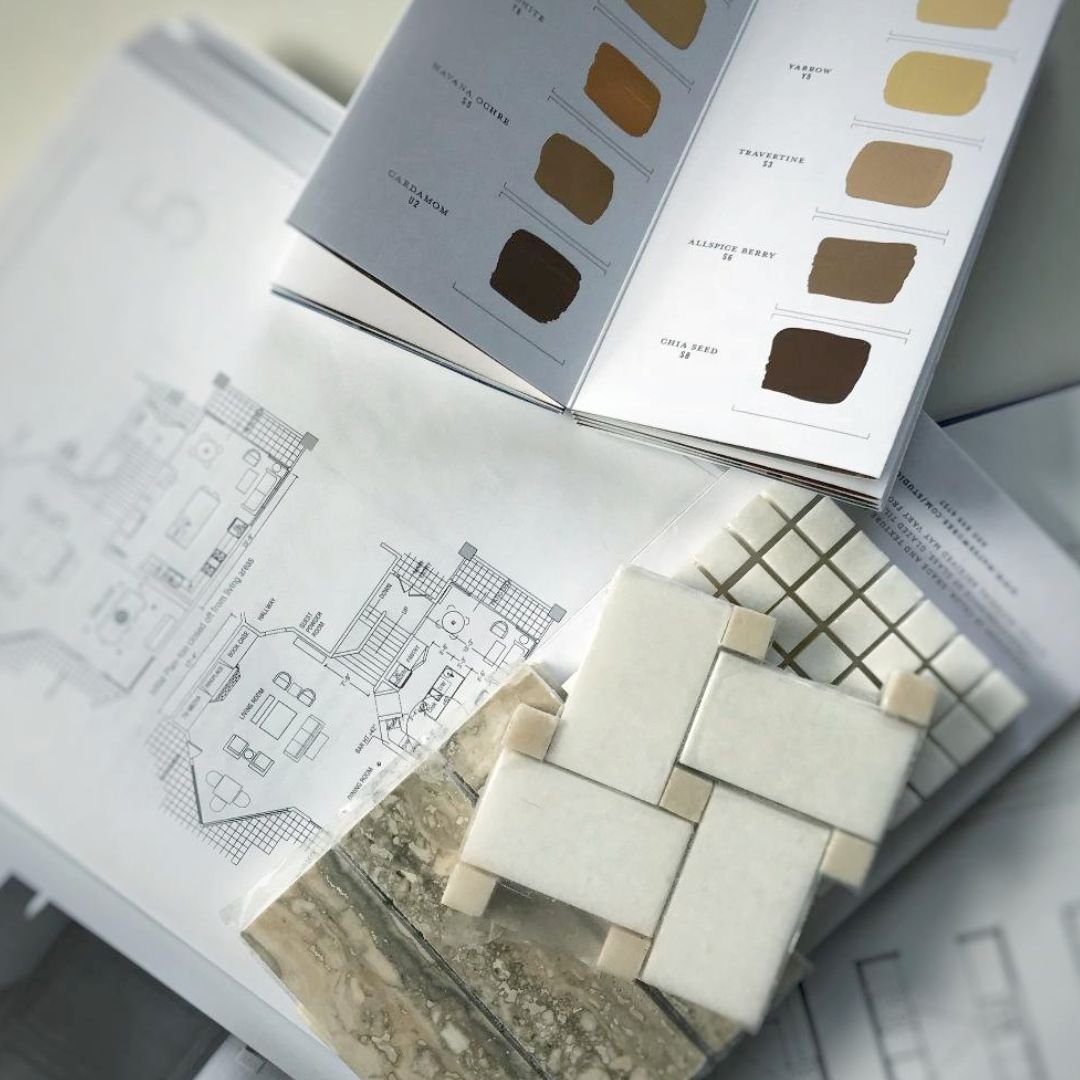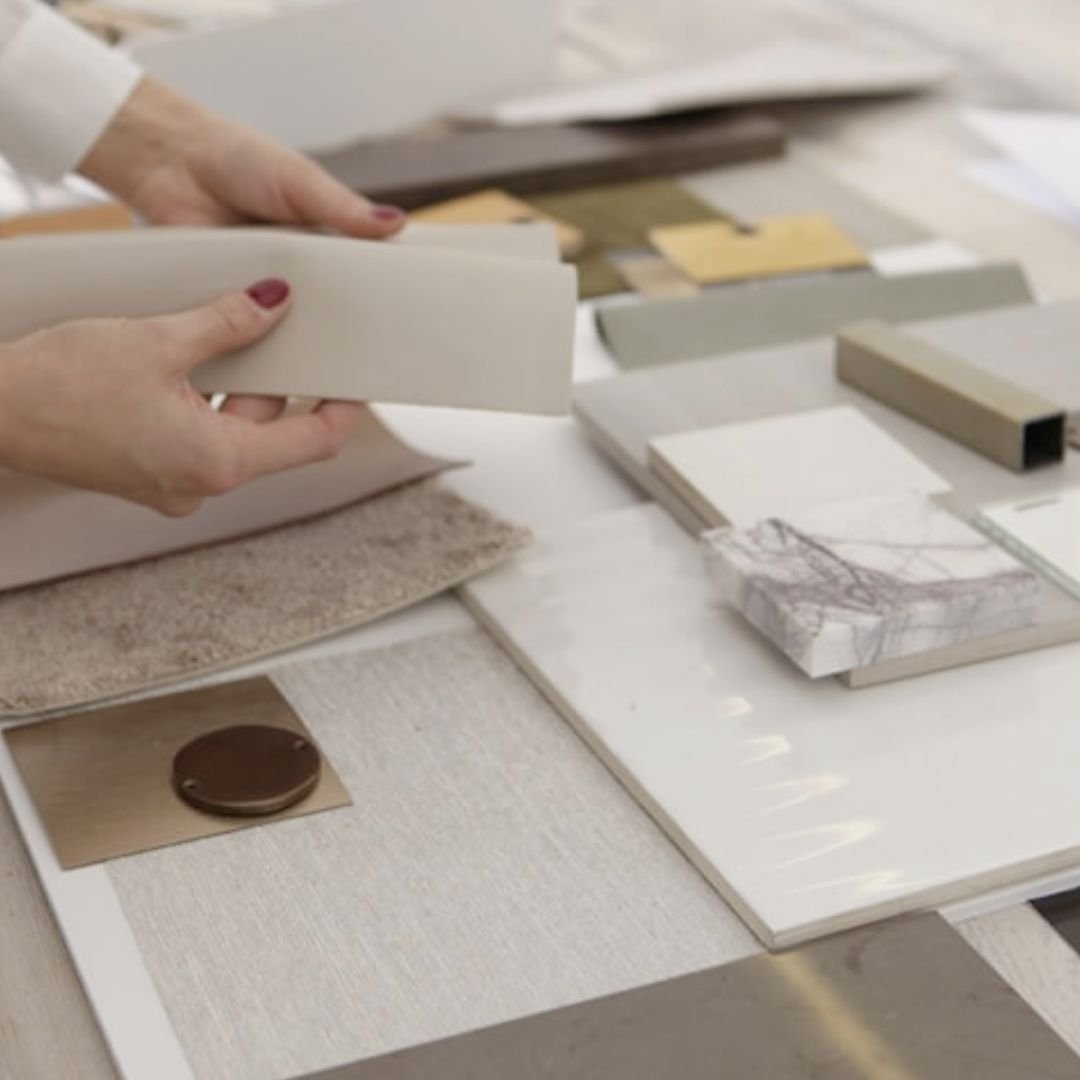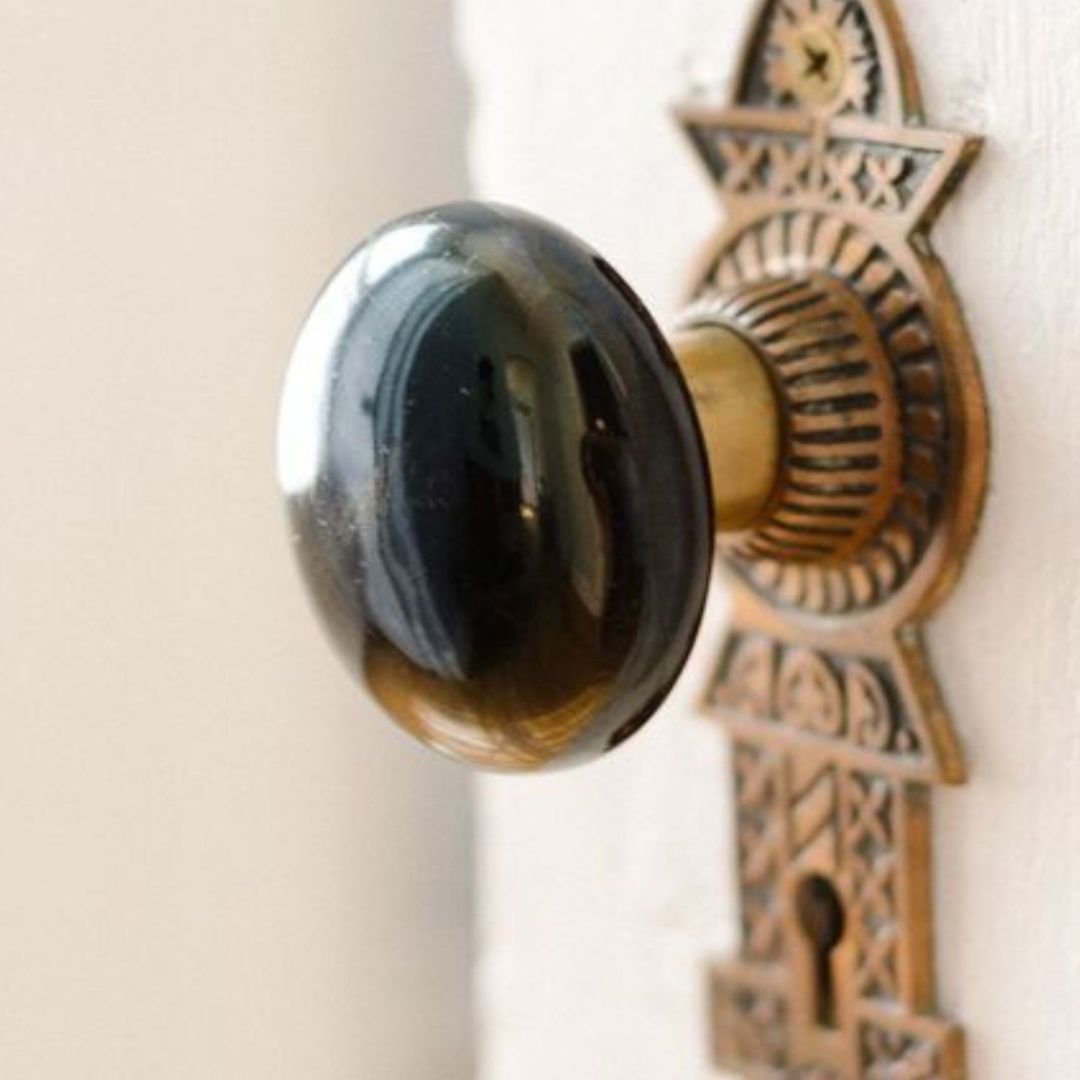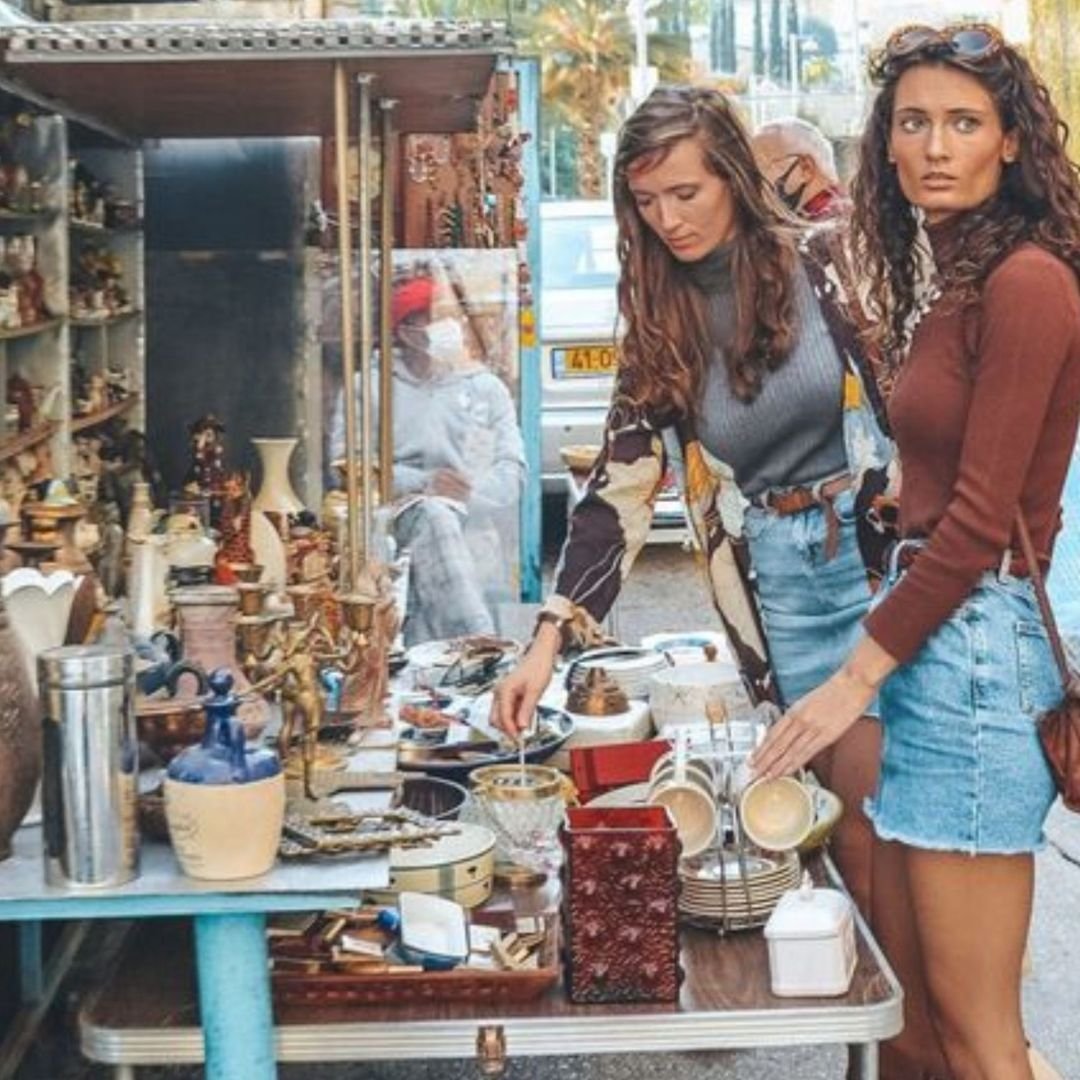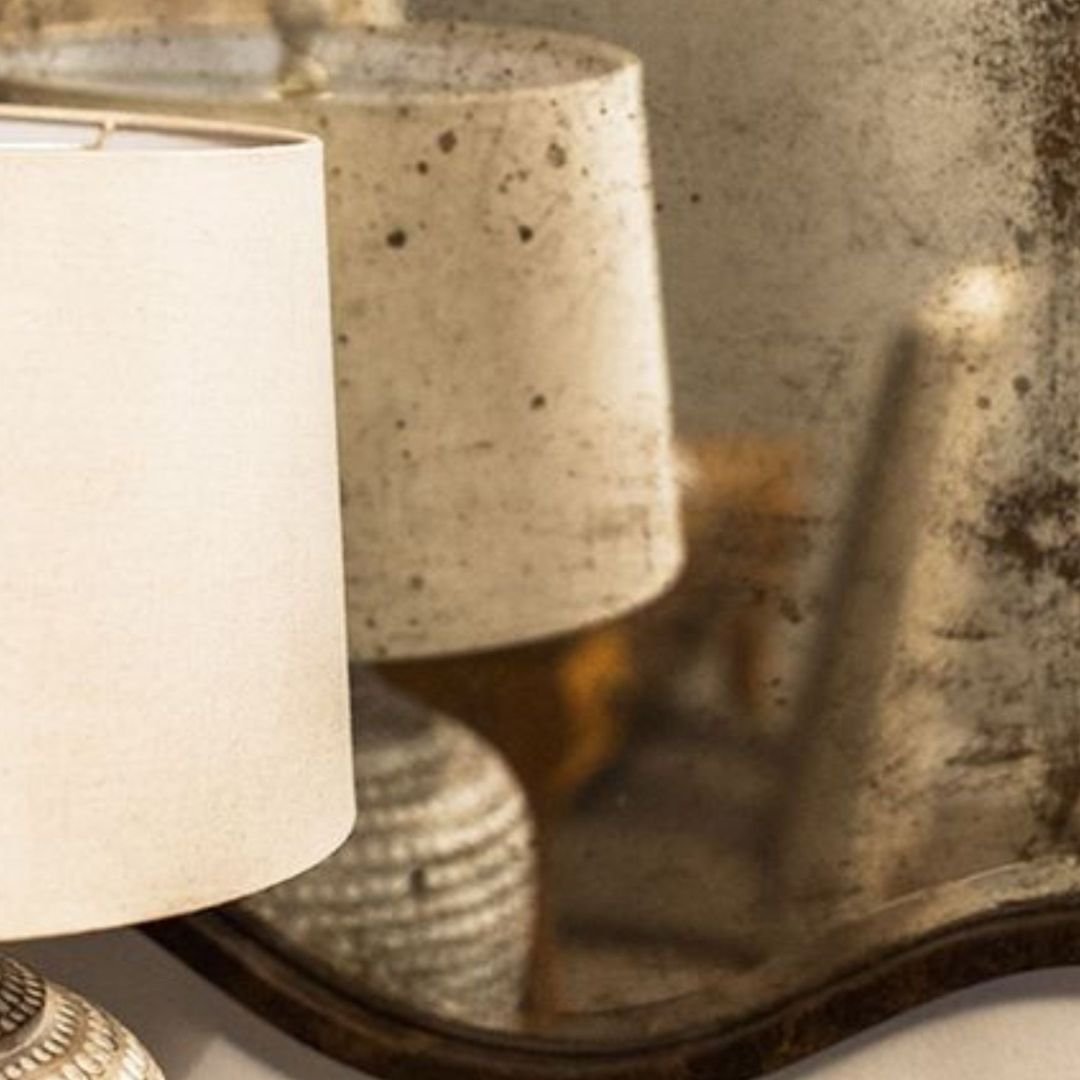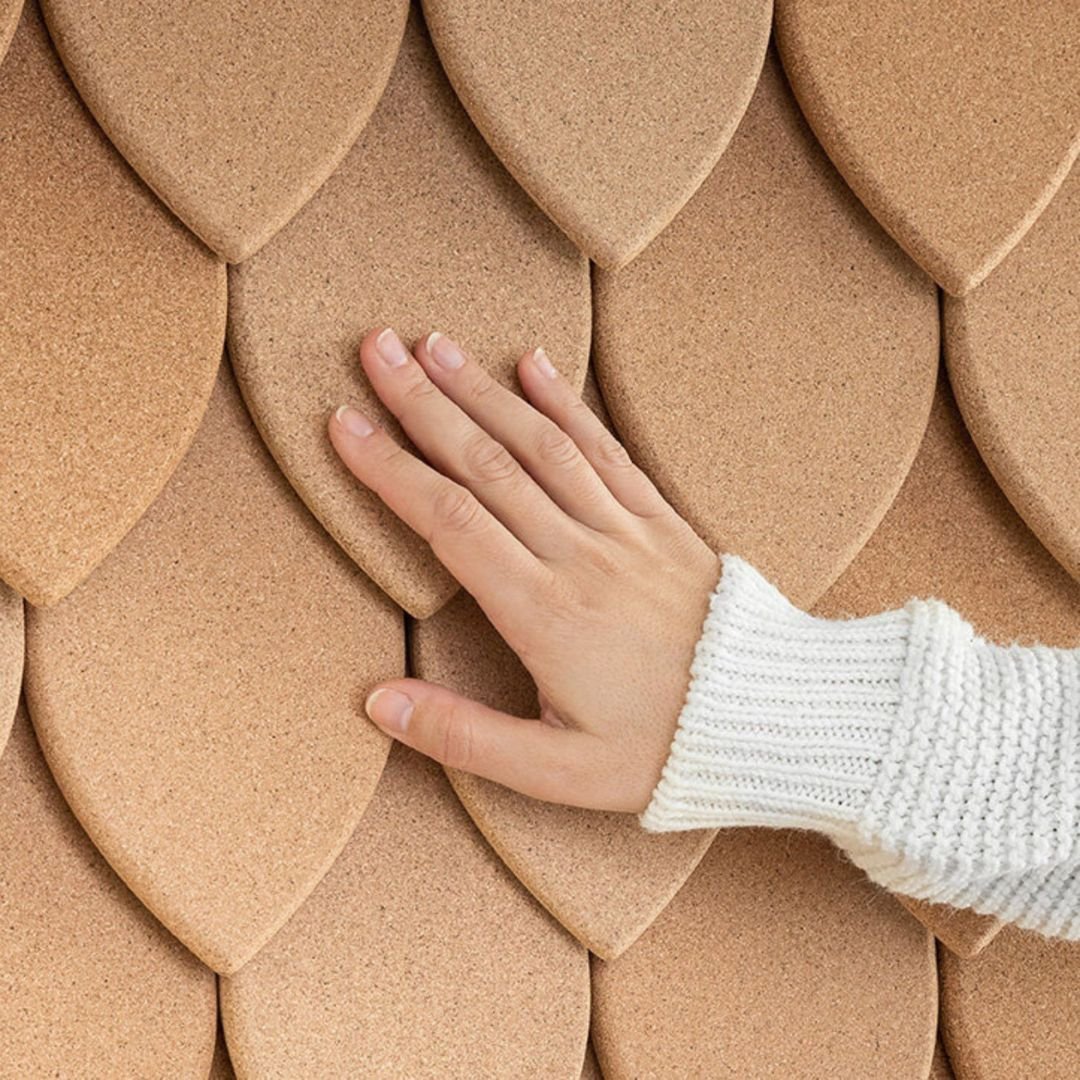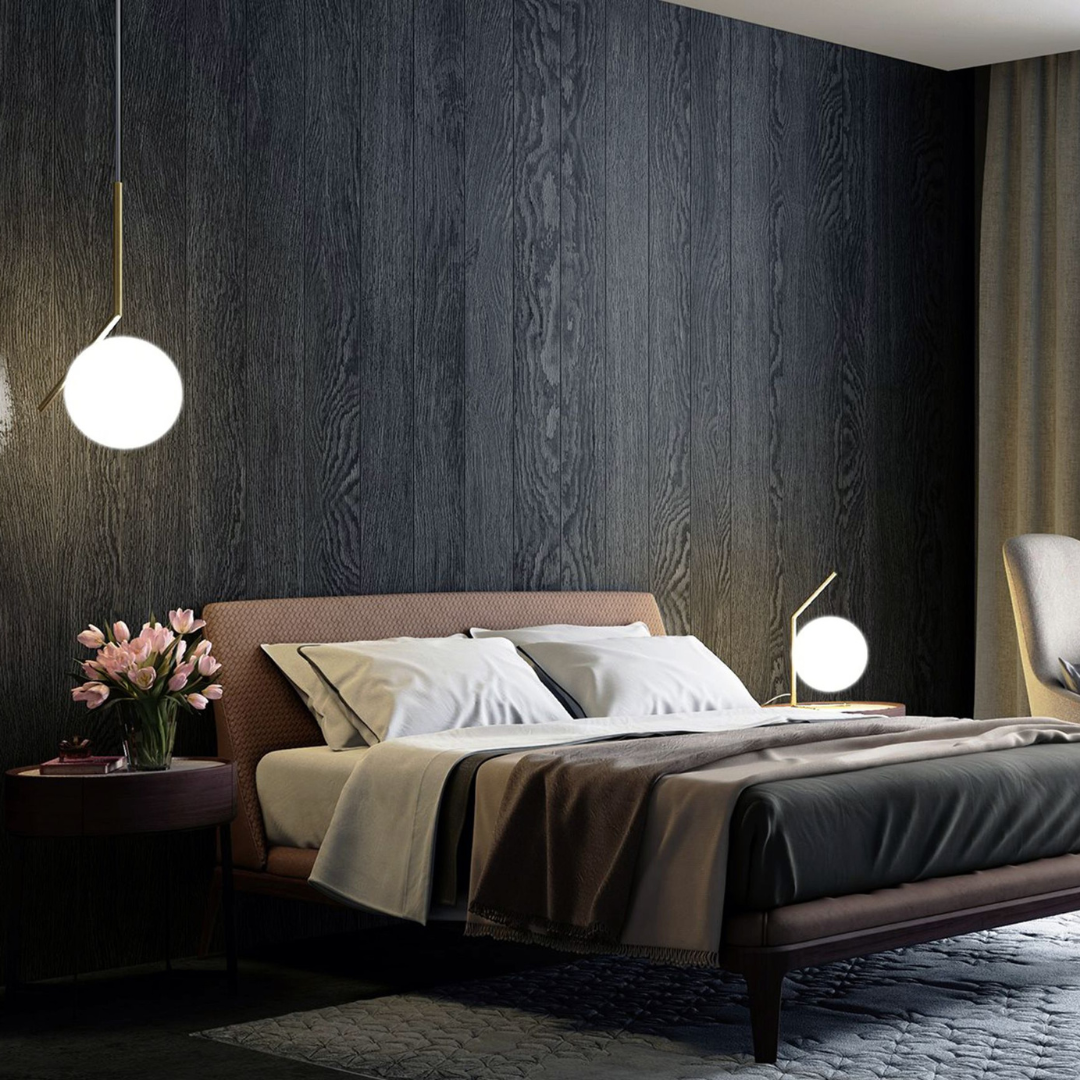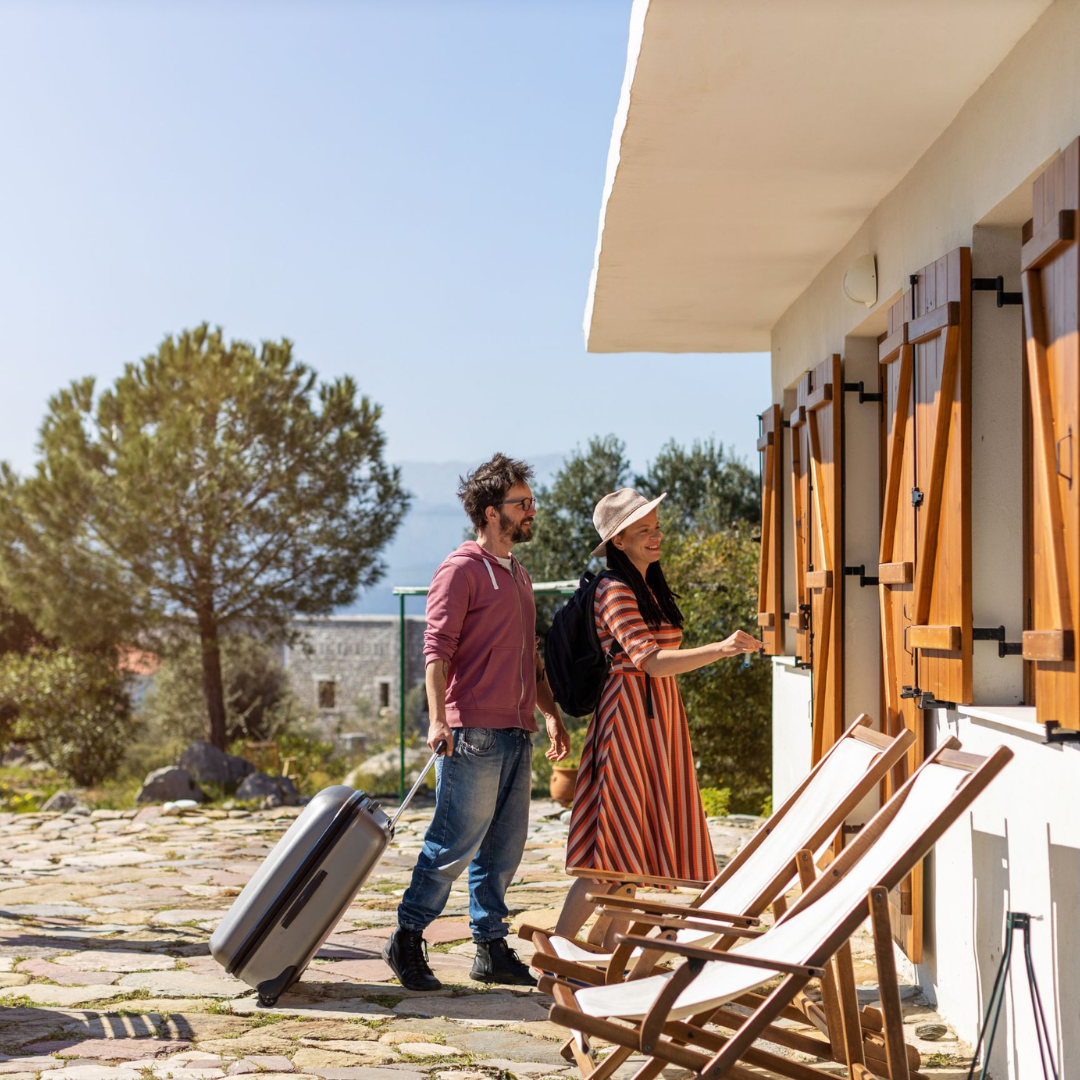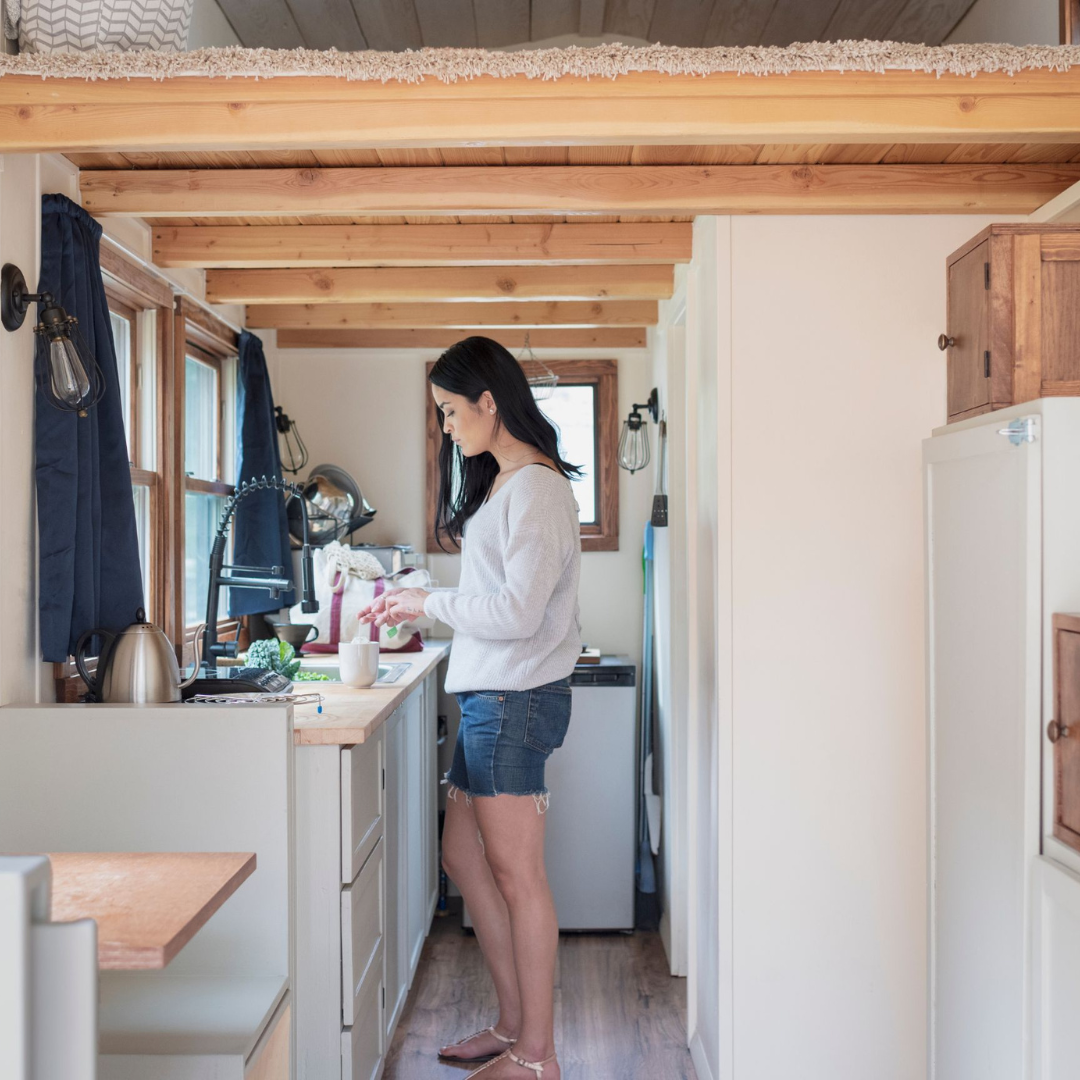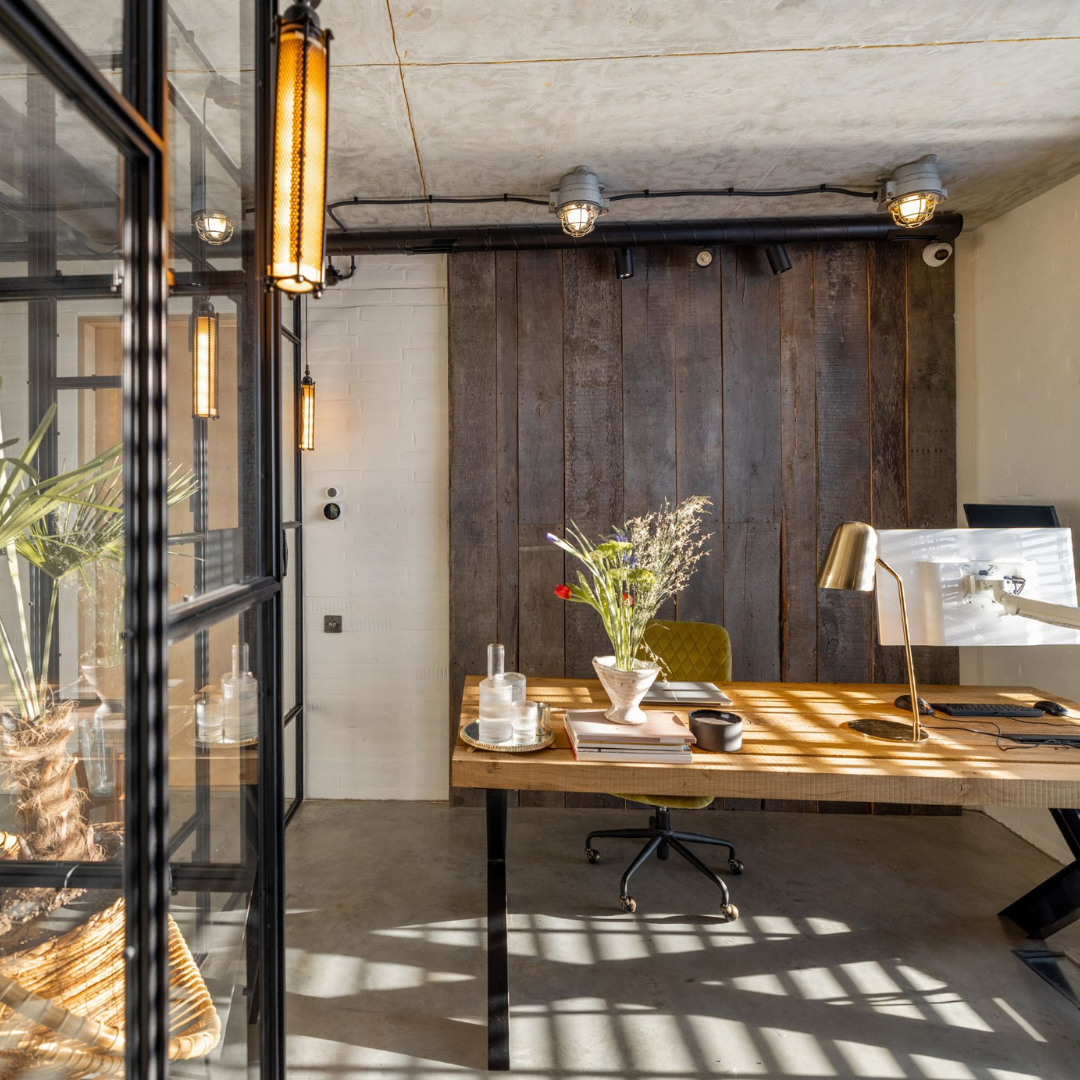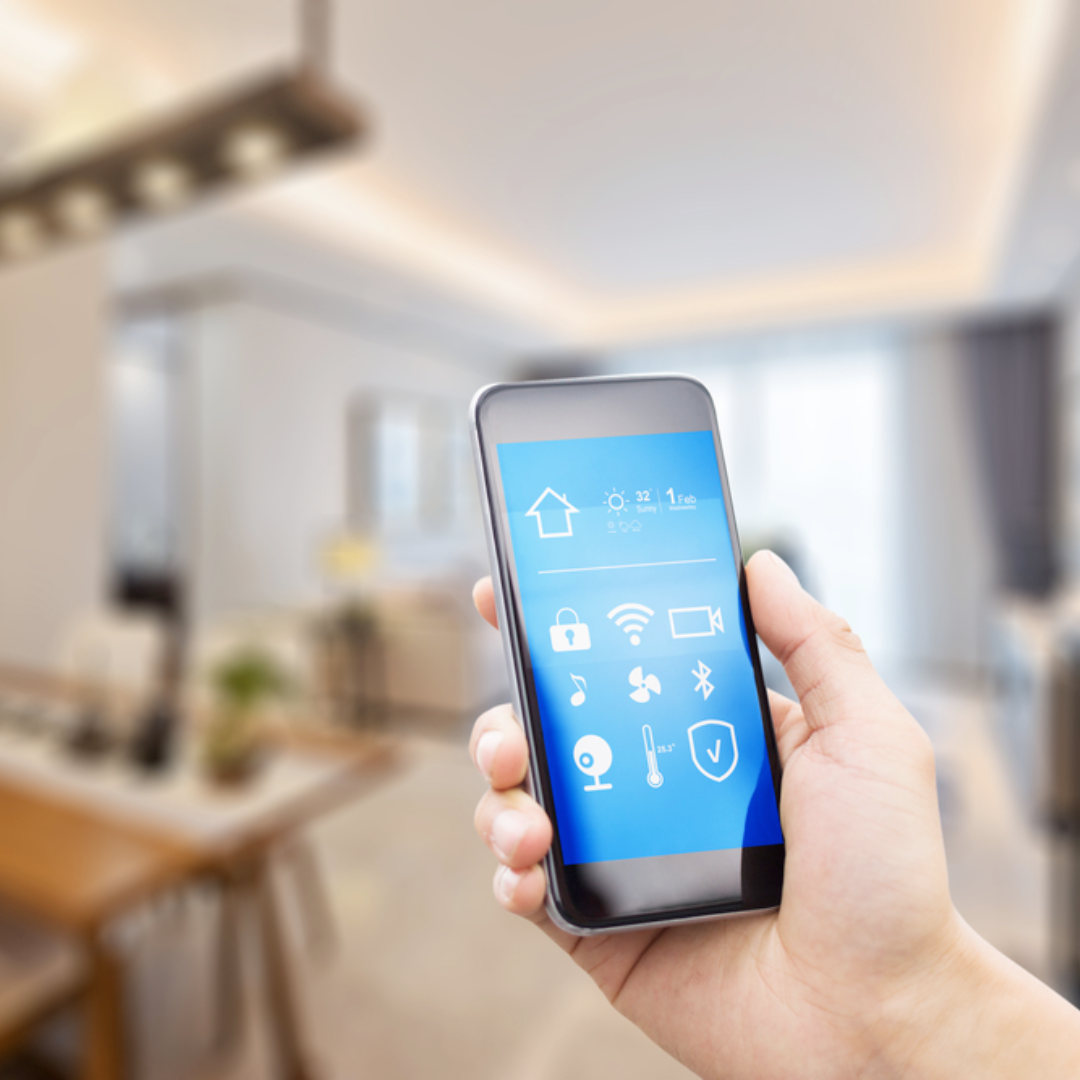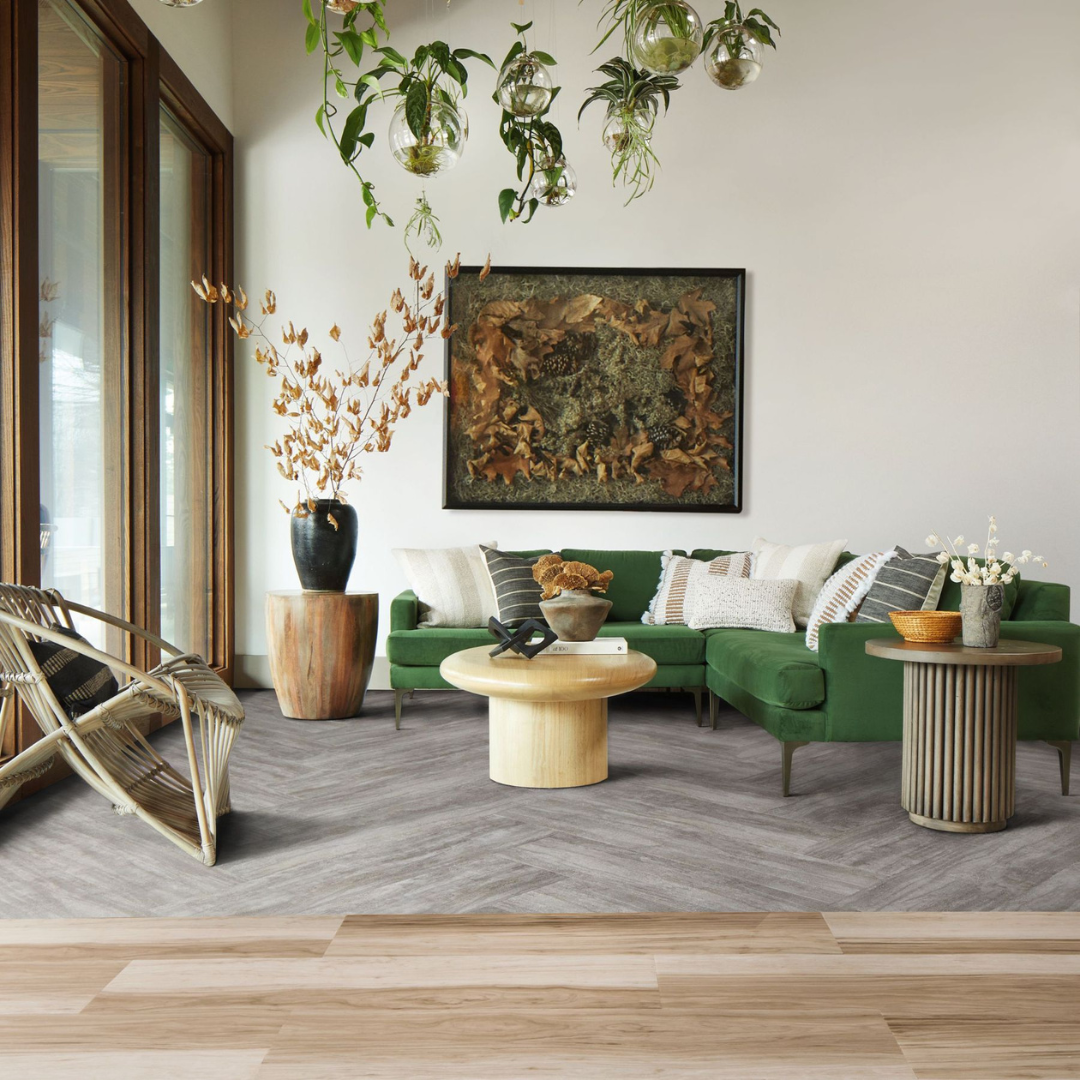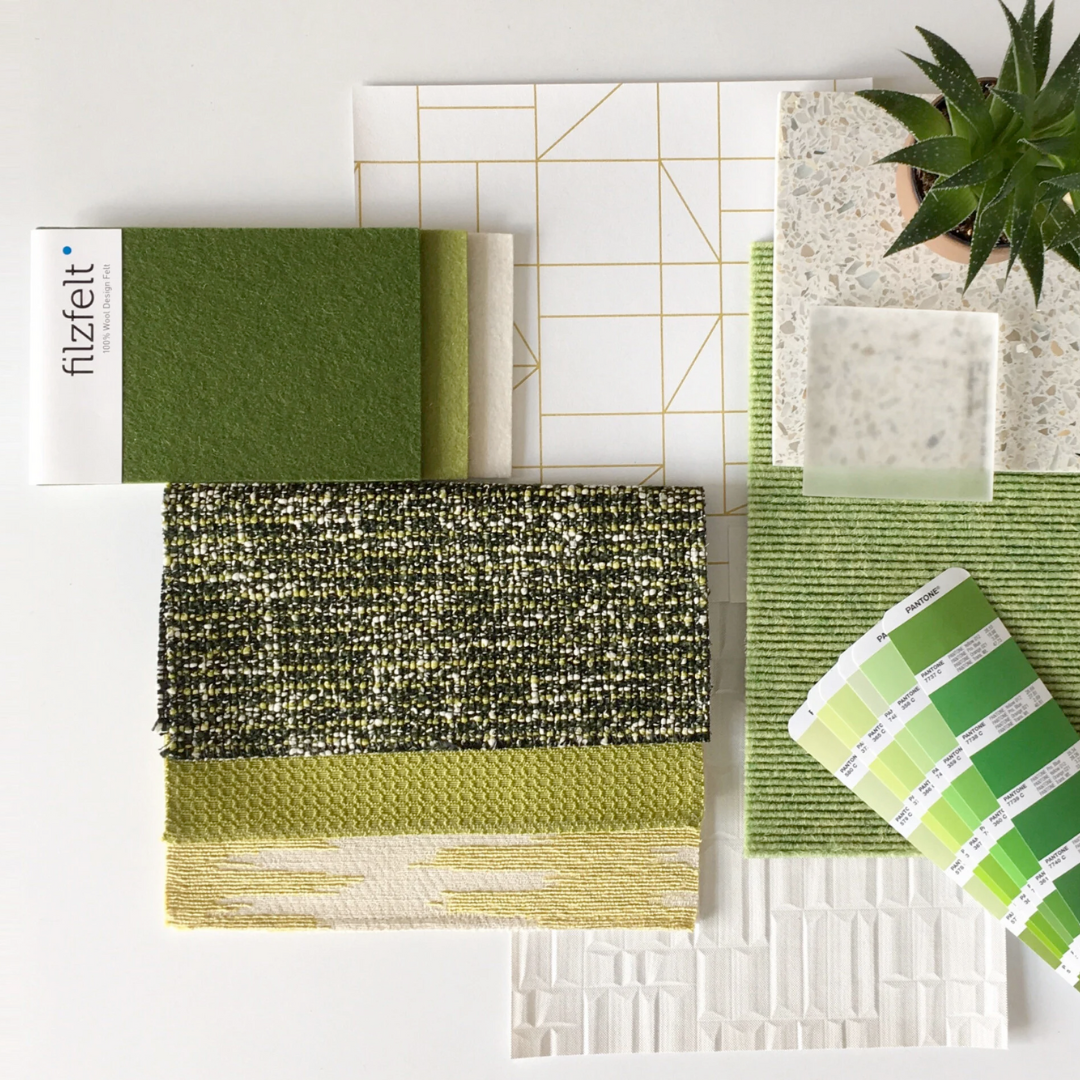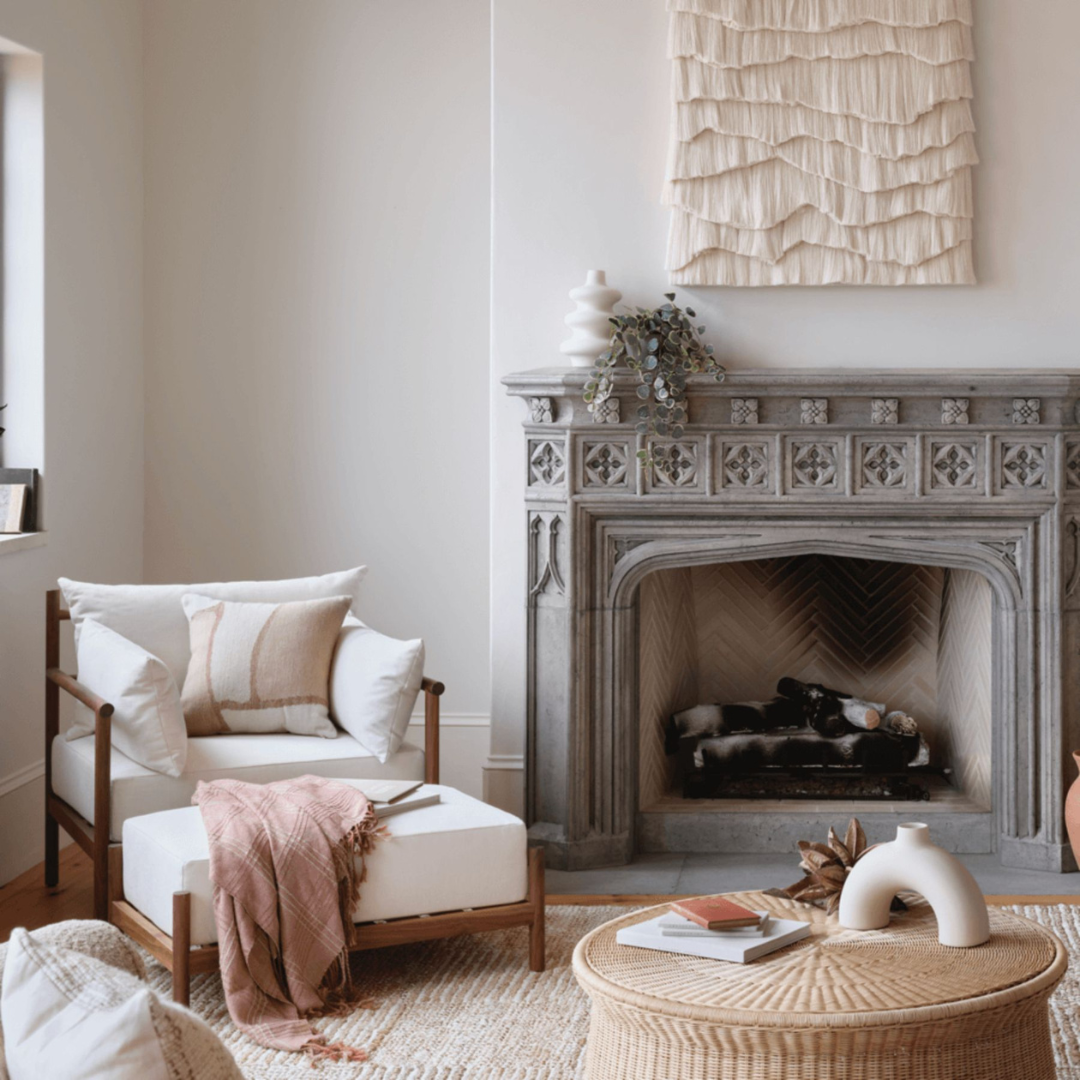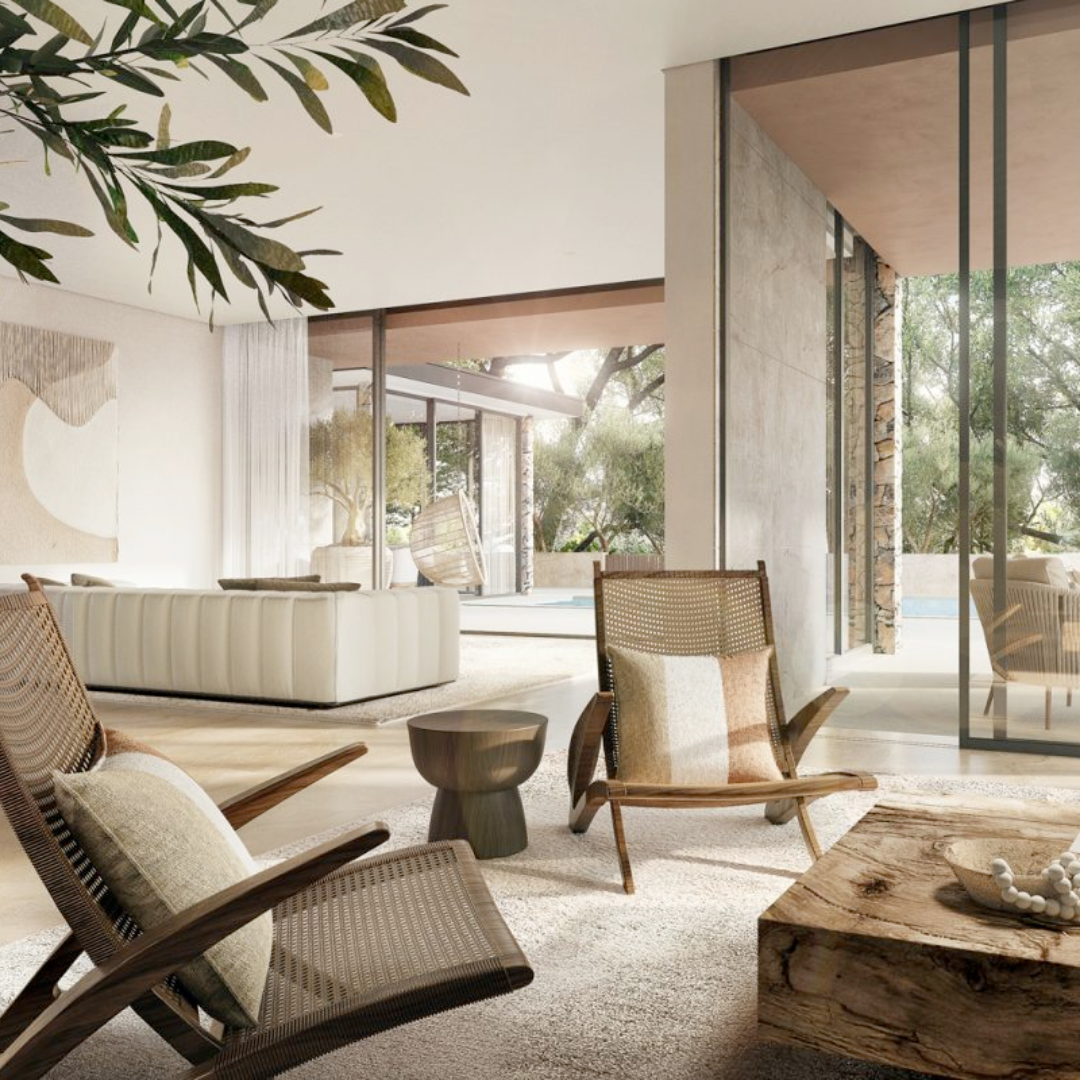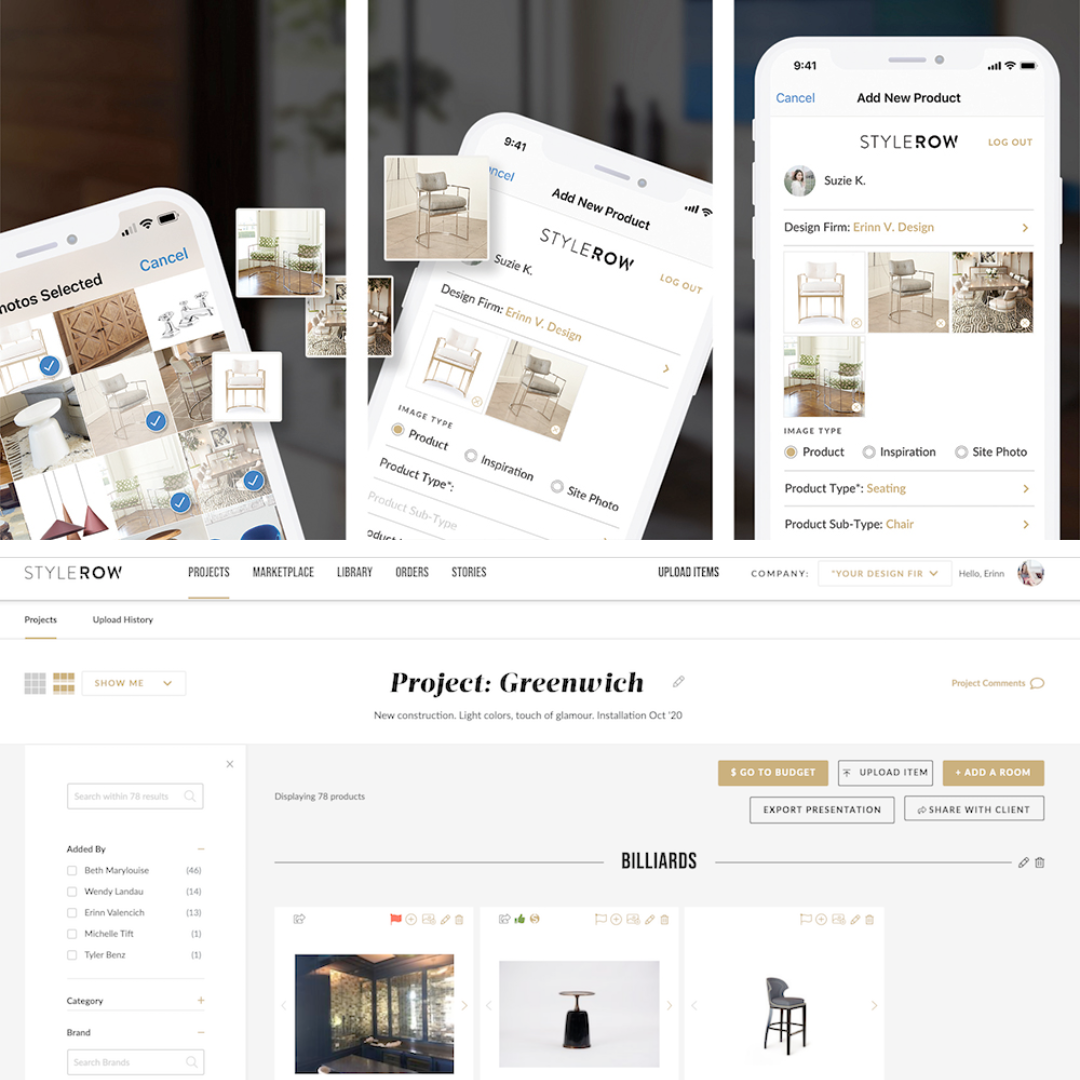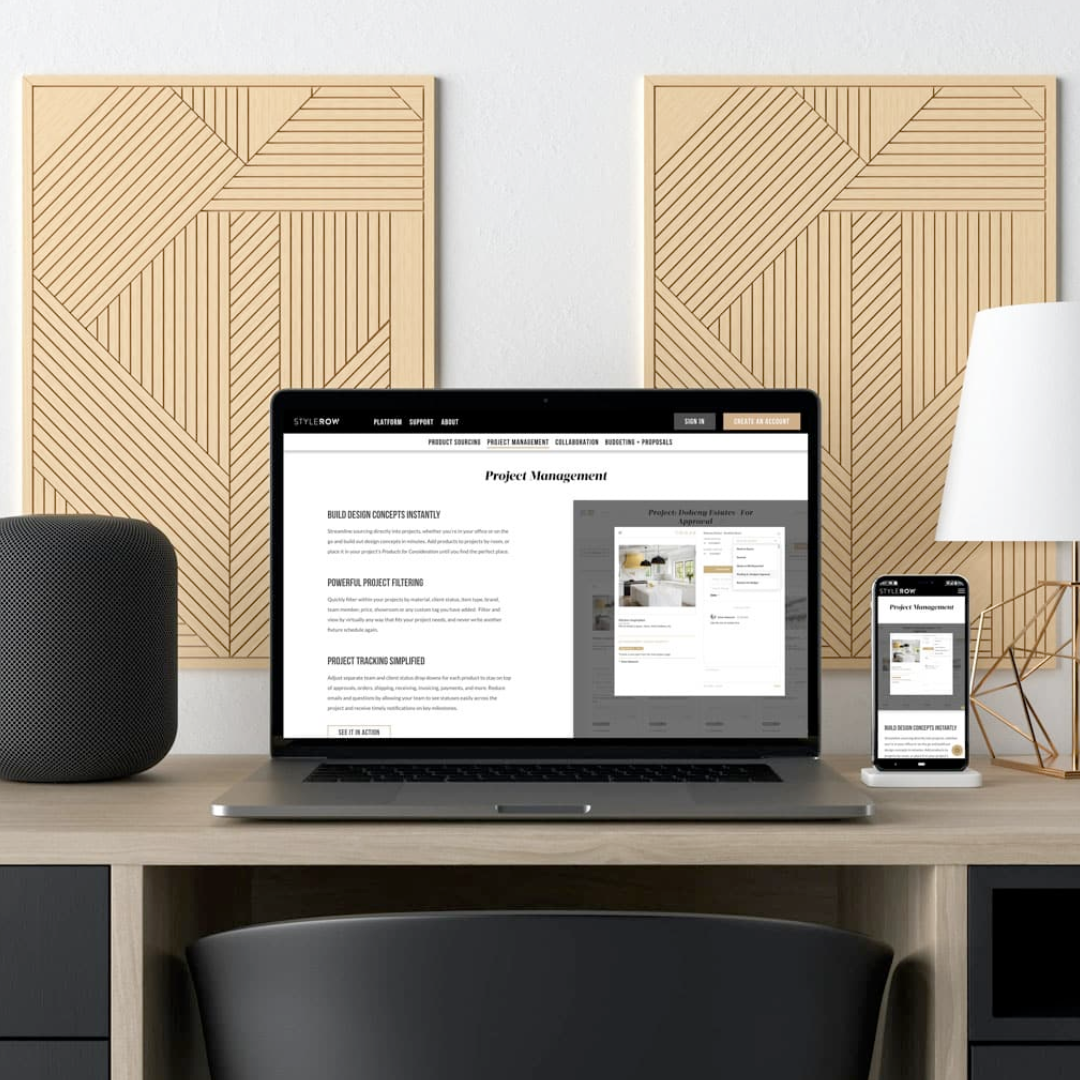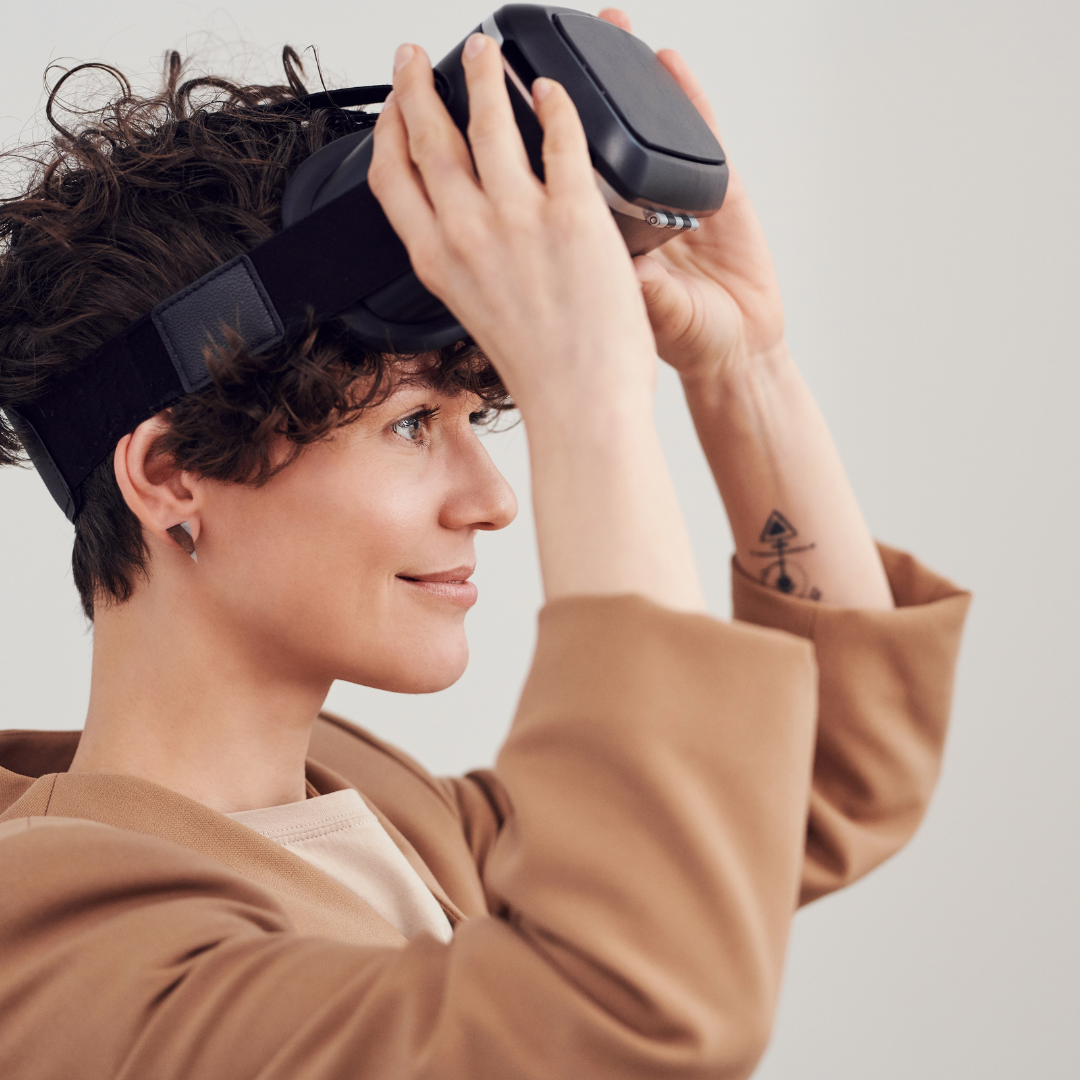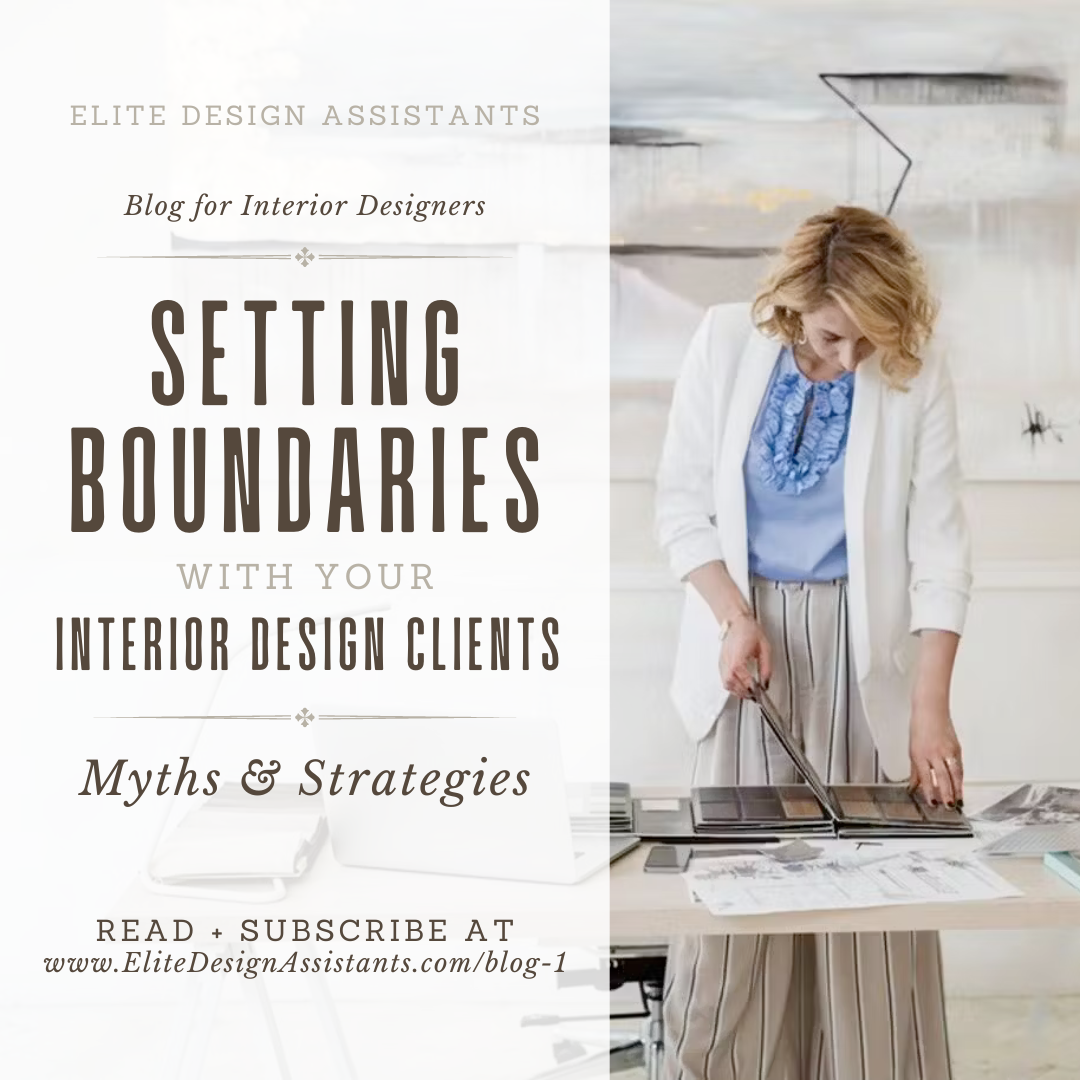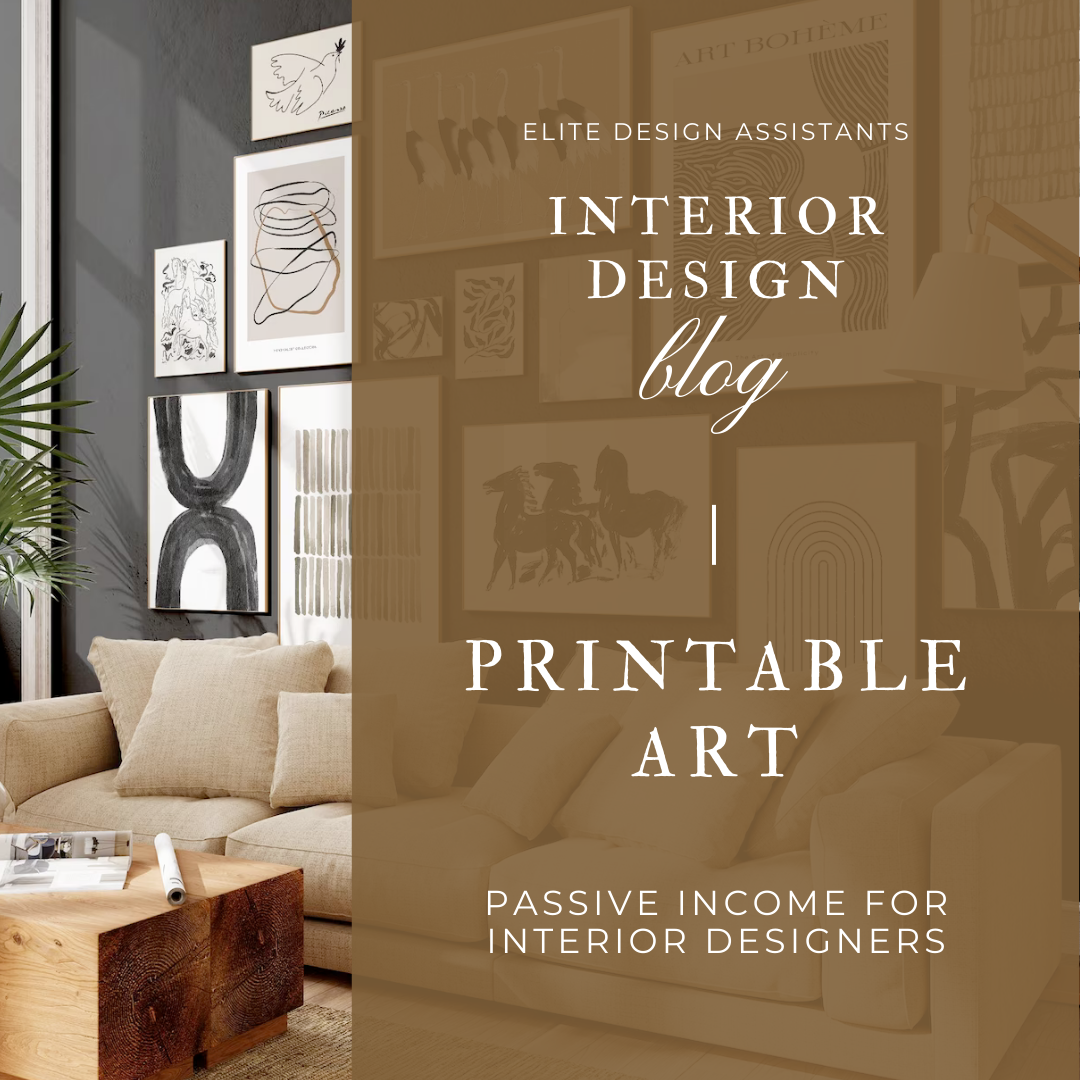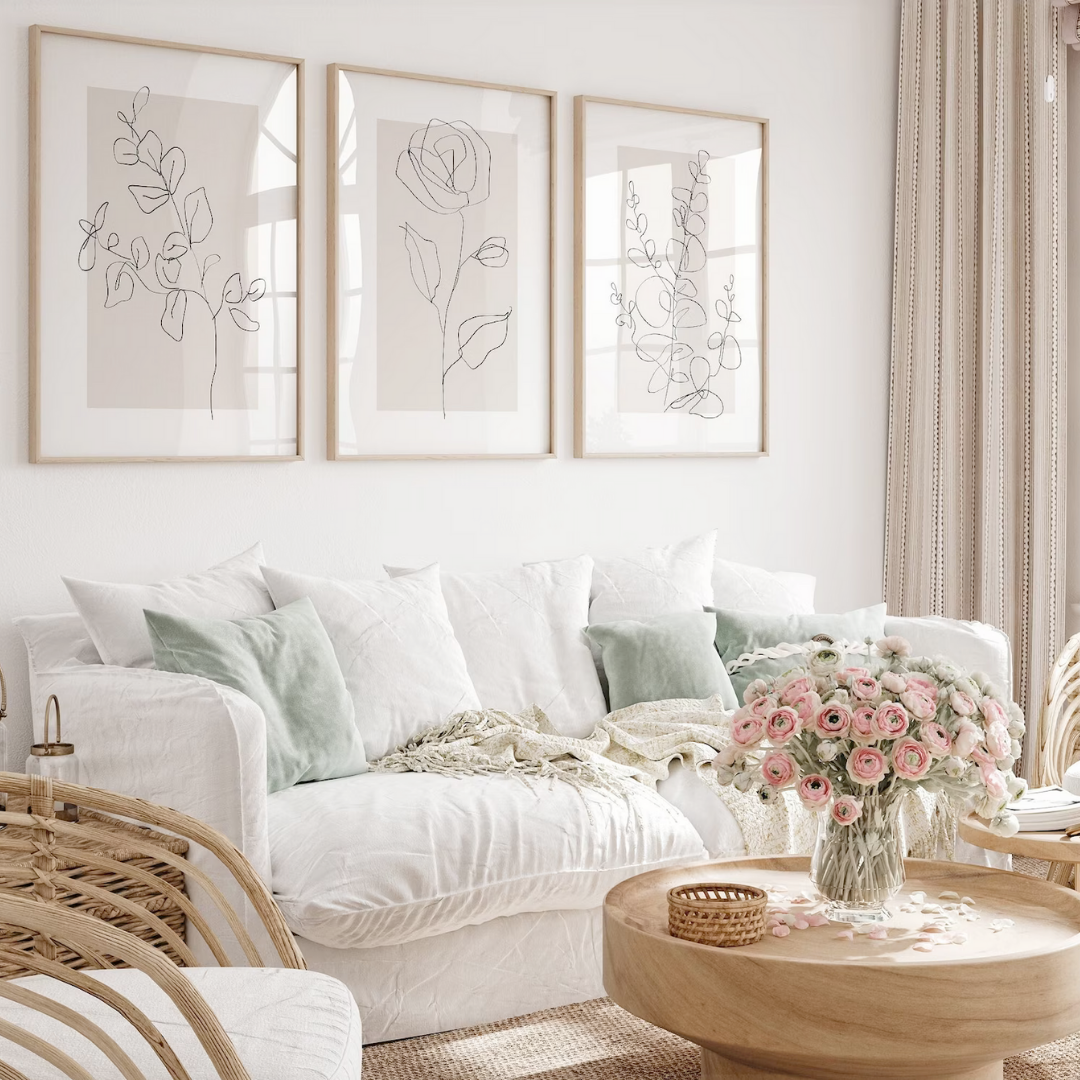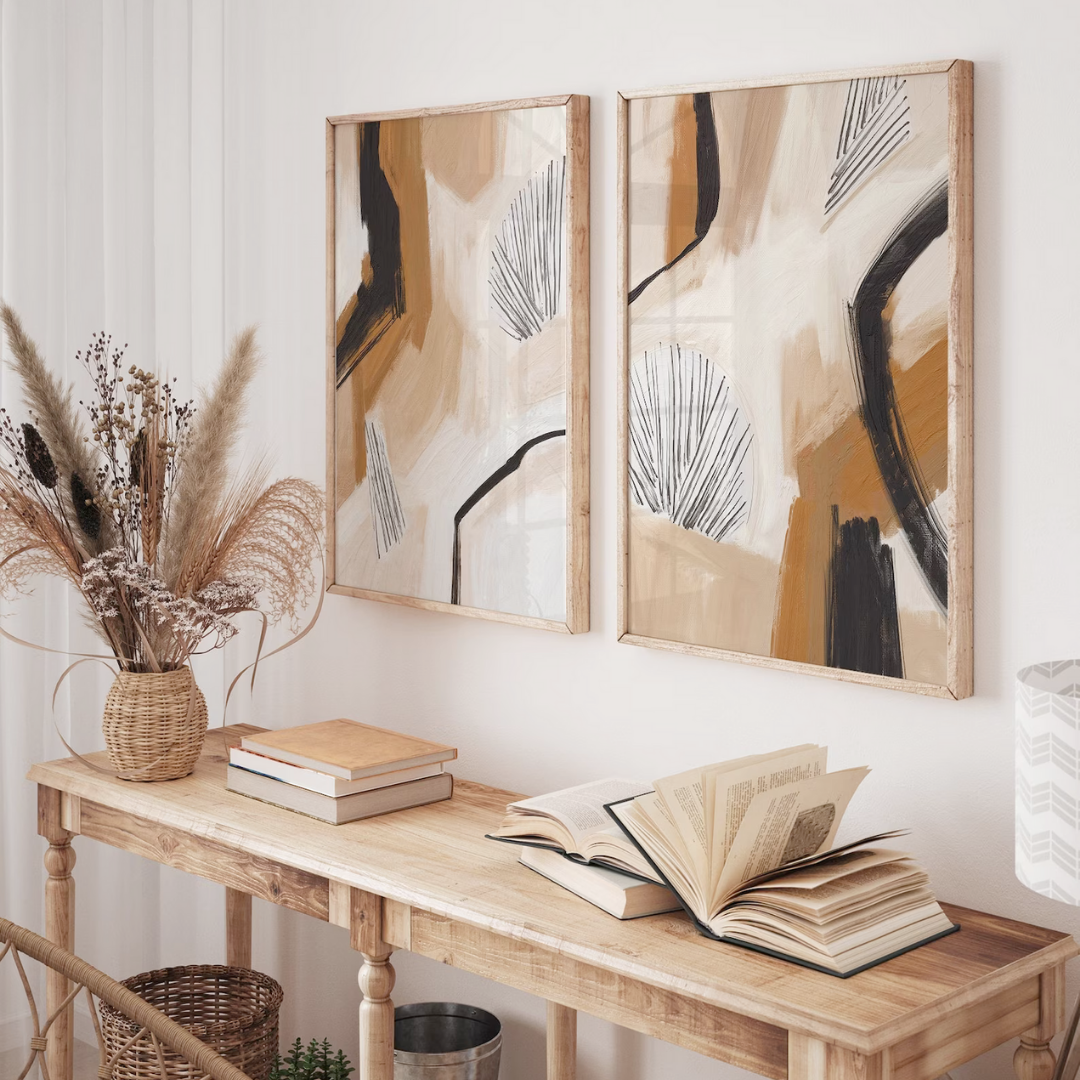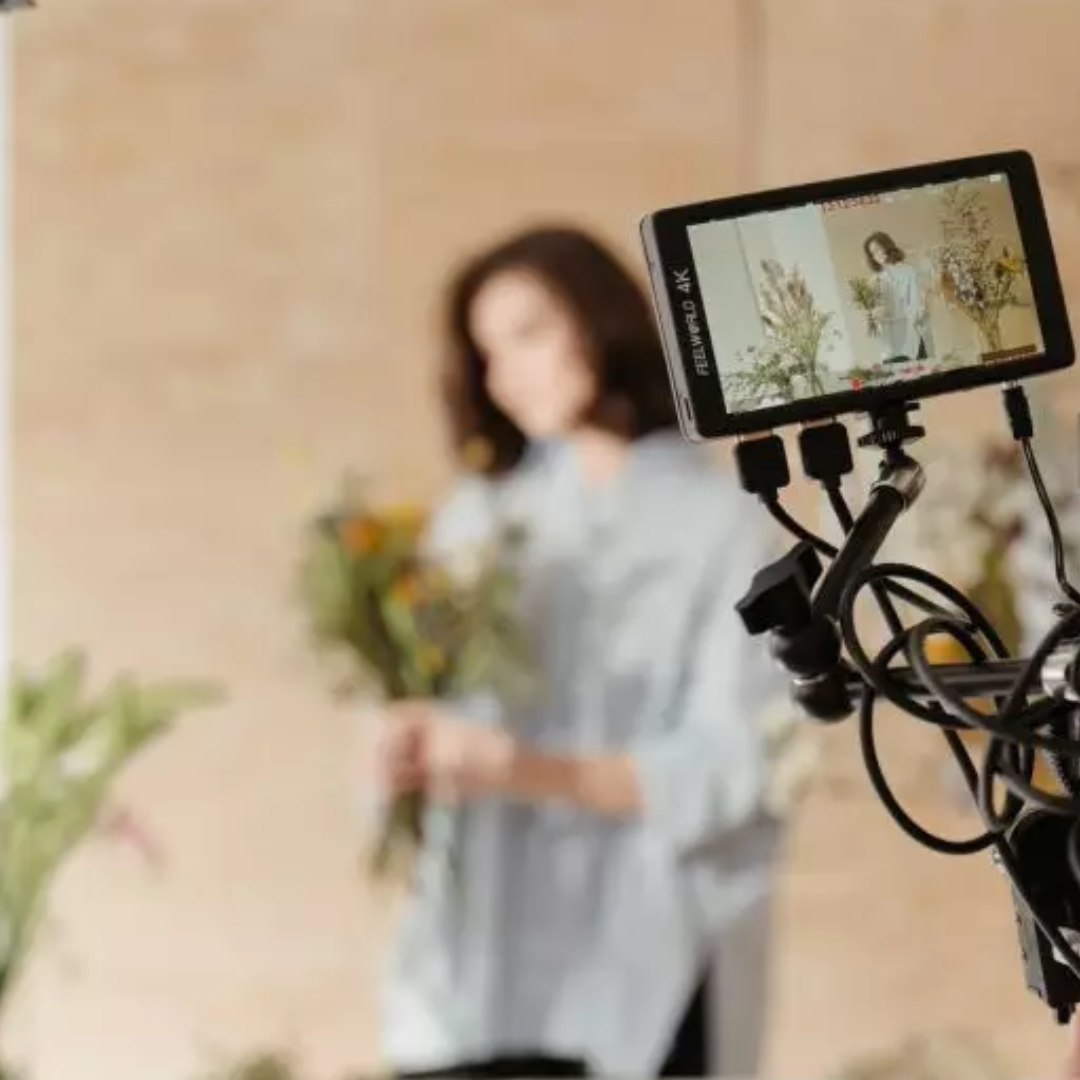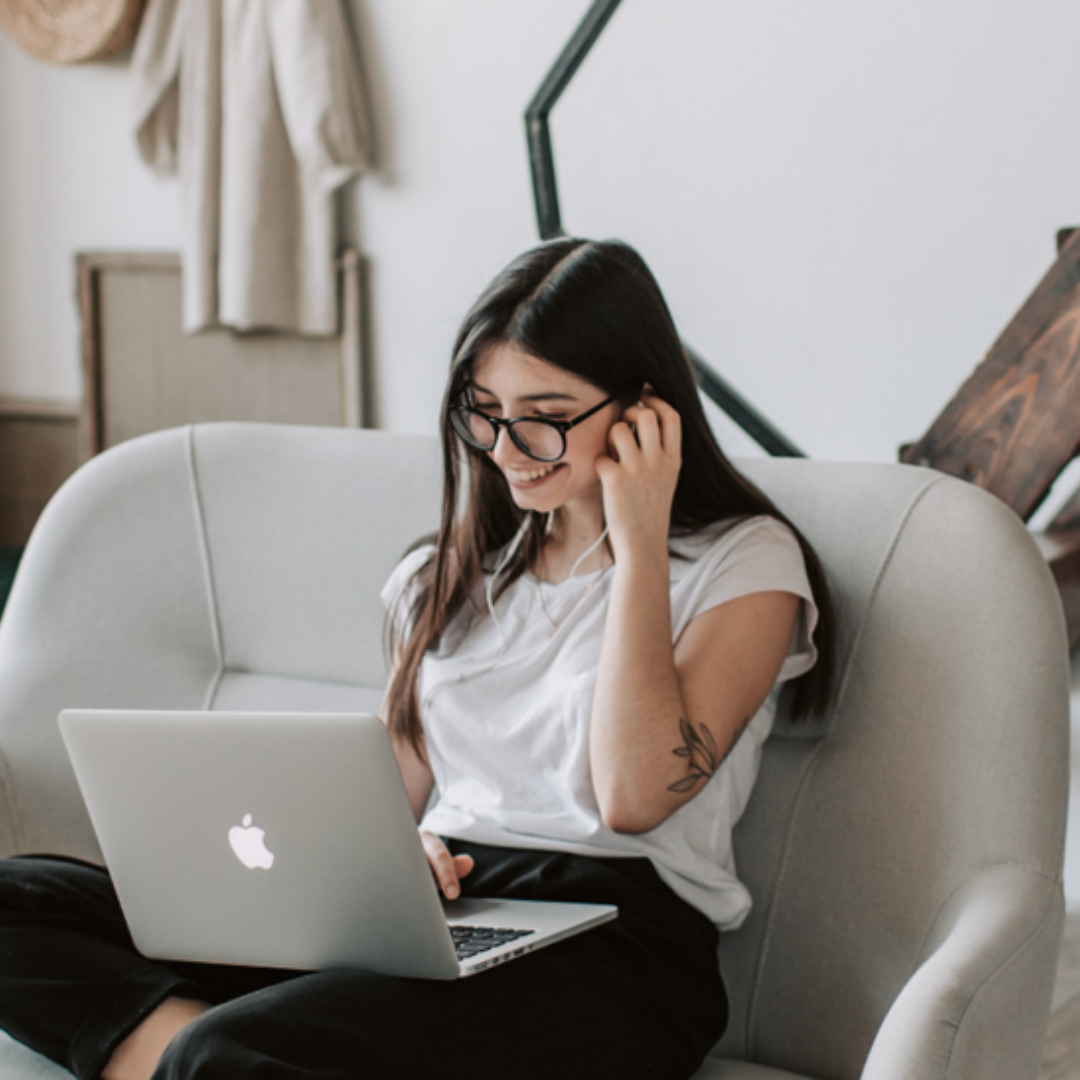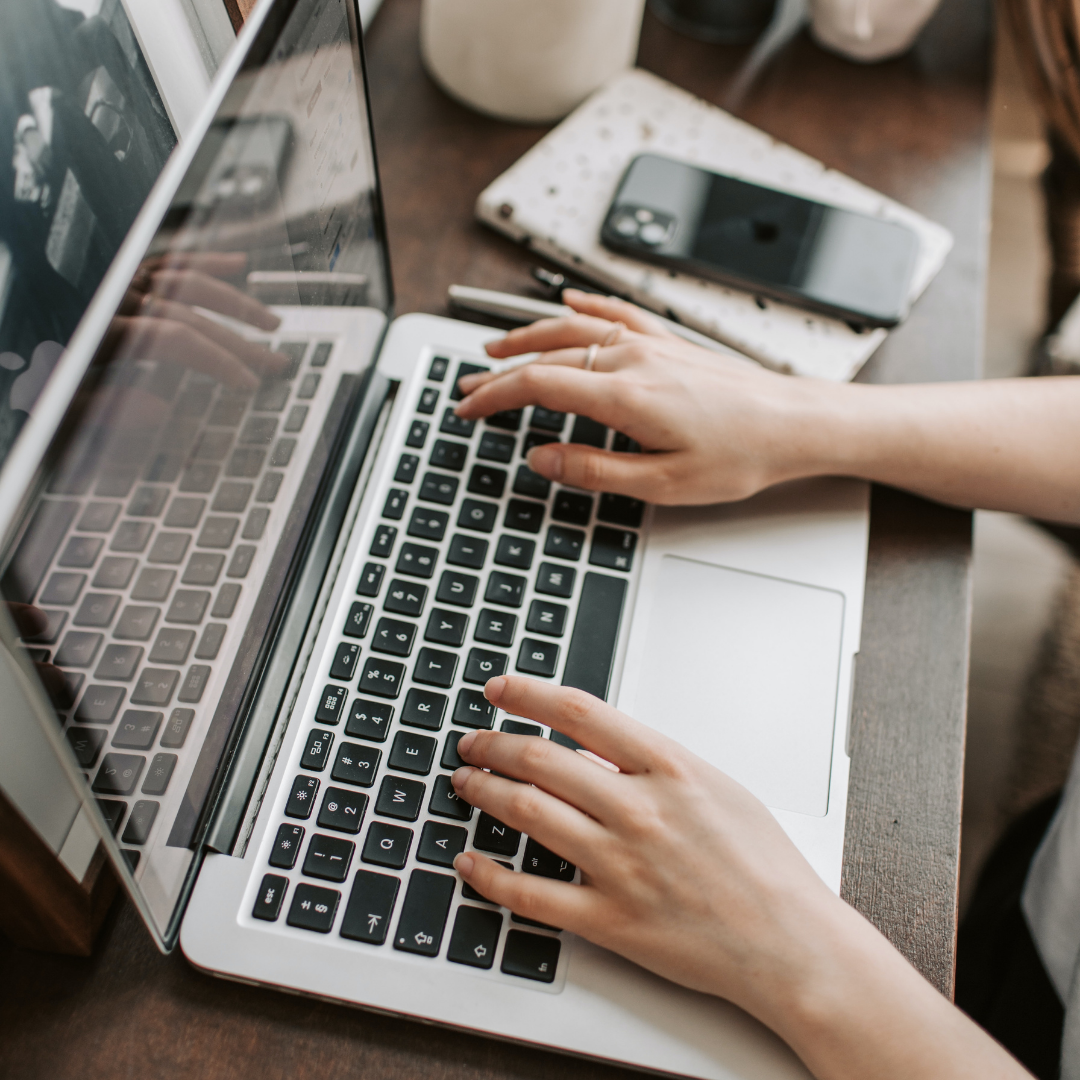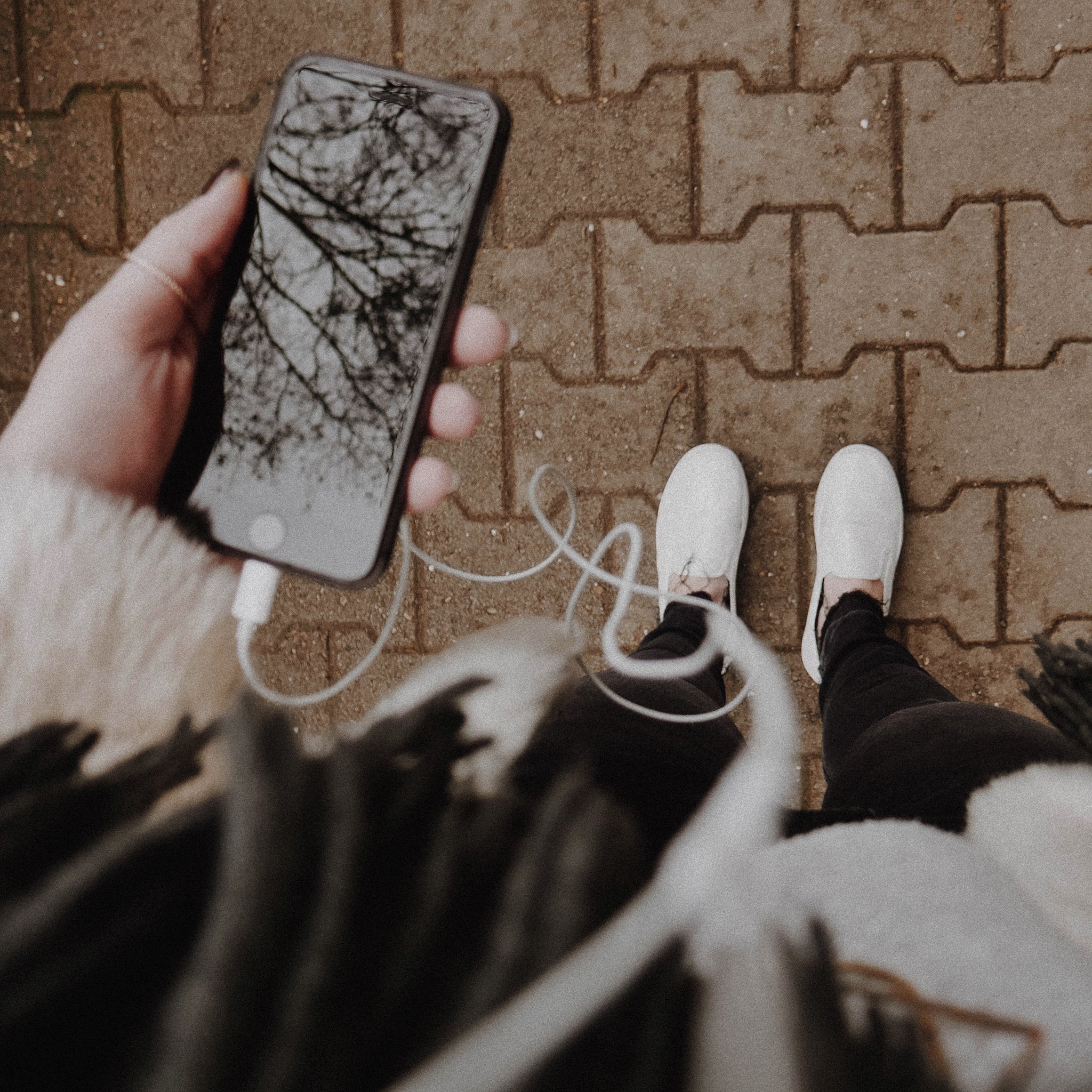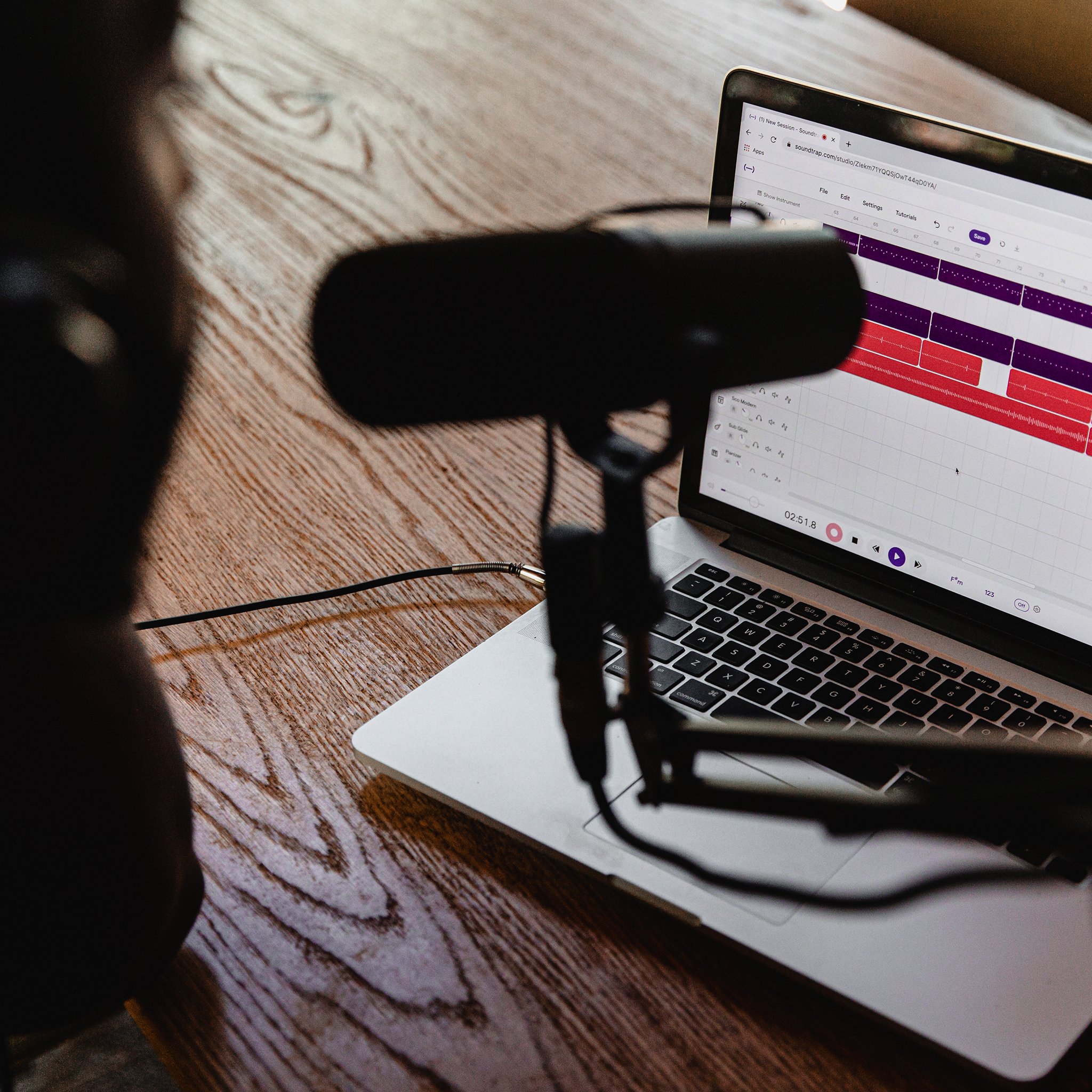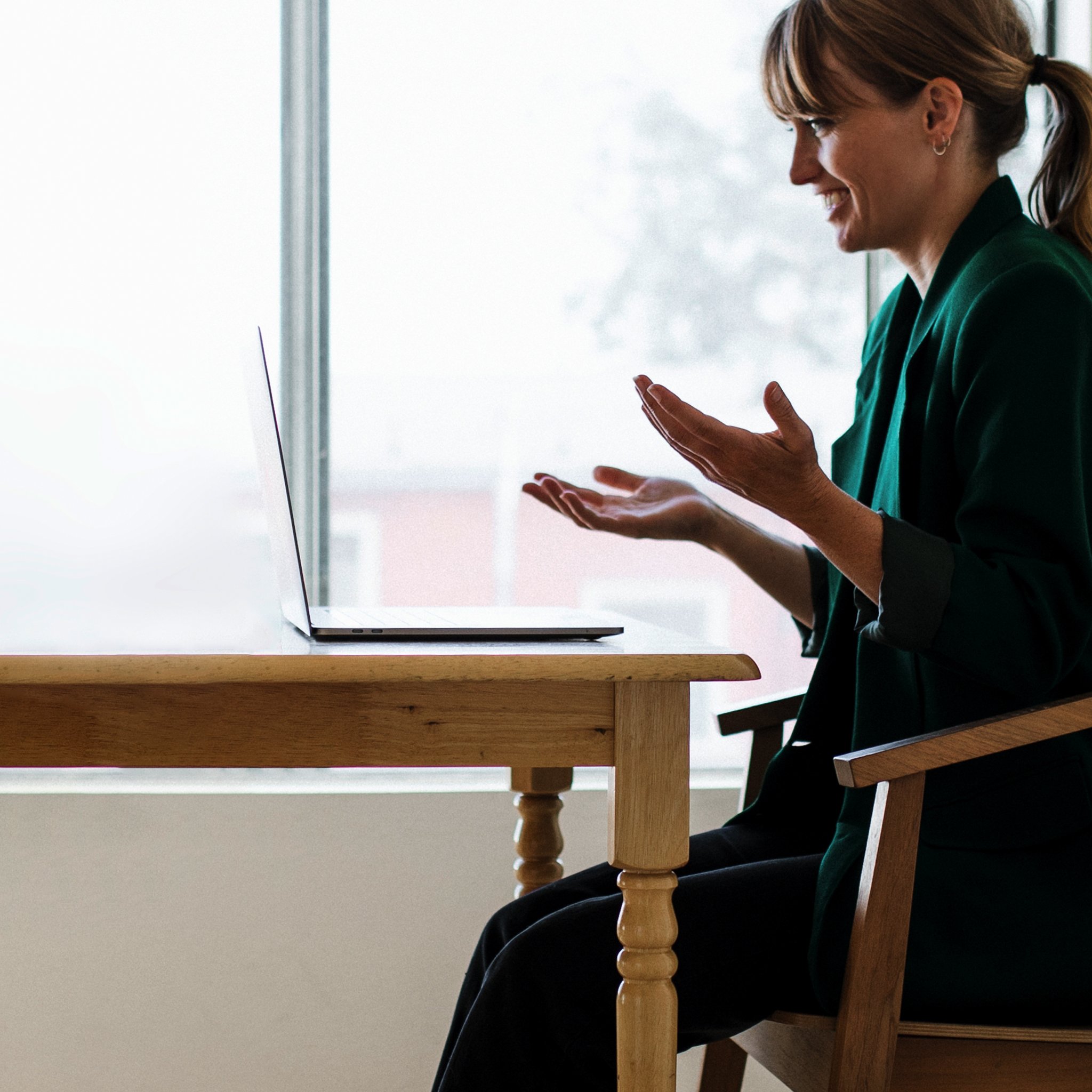Leveraging Billboard Marketing for Interior Designers
/In the dynamic world of interior design, where creativity and innovation shape spaces, it's essential for professionals to think outside the box when it comes to marketing strategies. While digital platforms and social media have become go-to tools for many industries, there's a timeless charm and effectiveness in traditional methods. Billboard marketing, with its larger-than-life presence, can be a powerful avenue for interior designers to showcase their talents and attract potential clients in unexpected ways.
I have been reading a lot about how the old ways of marketing that everyone forgot about are coming back and working again because there’s less competition. Think billboards, direct mailers, flyers, etc.
Below you will find ways that billboards can help in your marketing and if you are serious about researching further, check out billboards in your local area or look into a company like Blindspot to see if that is more what you are looking for. With Blindspot you can create a scheduler where your advertising will appear on digital boards. These are only located in certain large cities.
1. Maximizing Visibility:
Billboards offer a unique opportunity to showcase your work to a broad audience. Strategically placed in high-traffic areas or near affluent neighborhoods, these large displays can capture the attention of individuals who might not be actively seeking an interior designer but could be inspired by what they see.
2. Visual Impact:
Interior design is a visual art, and billboards are the ideal canvas to showcase your design aesthetics. High-quality, captivating images of your past projects can create an instant connection with passersby, making them more likely to remember your brand when the need for an interior designer arises.
3. Targeting Specific Markets:
Billboard marketing allows you to target specific demographics by choosing the right locations. For instance, if your specialty is luxury residential design, placing billboards in upscale neighborhoods or near high-end shopping districts can attract clients who appreciate and can afford your services.
4. Storytelling through Design:
Use billboards to tell a story about your design philosophy and process. Incorporate before-and-after images, design sketches, or even quotes that highlight your unique approach. This not only engages viewers but also gives them insight into your creative process, fostering a connection with your brand.
5. Promotional Campaigns:
Consider running special promotions or limited-time offers exclusively promoted on billboards. This can create a sense of urgency and encourage potential clients to reach out sooner rather than later, driving business to your doorstep.
6. Integrate Digital Elements:
Incorporate QR codes or unique hashtags on your billboards that lead to your online portfolio or social media profiles. This bridges the gap between traditional and digital marketing, making it easier for potential clients to explore more of your work and contact you directly.
7. Collaborate with Local Businesses:
Forge partnerships with local businesses to display your billboards on their premises. This cross-promotion can be mutually beneficial, increasing your reach and visibility within the community.
8. Measure and Adapt:
Utilize analytics tools to measure the impact of your billboard campaigns. Track website visits, social media engagement, and client inquiries to understand the effectiveness of your strategy. Use this data to refine your approach and make informed decisions for future campaigns.
While digital marketing is undoubtedly crucial in today's landscape, traditional methods like billboard advertising can add a tangible and memorable dimension to your marketing mix. By strategically leveraging the visual appeal and reach of billboards, interior designers can make a lasting impression and turn heads, ultimately translating into new clients and exciting design opportunities.
Happy Advertising!
xx, Danae

